Your mailbox serves as the first impression visitors have of your home, making it a prime opportunity to showcase your landscaping style. These comprehensive mailbox landscaping ideas transform this functional element into a stunning focal point that enhances your property's curb appeal. From drought-tolerant designs to lush cottage gardens, each approach offers a complete theme that coordinates plants, materials, and design elements for maximum visual impact.
1. Cottage Garden Mailbox Landscaping
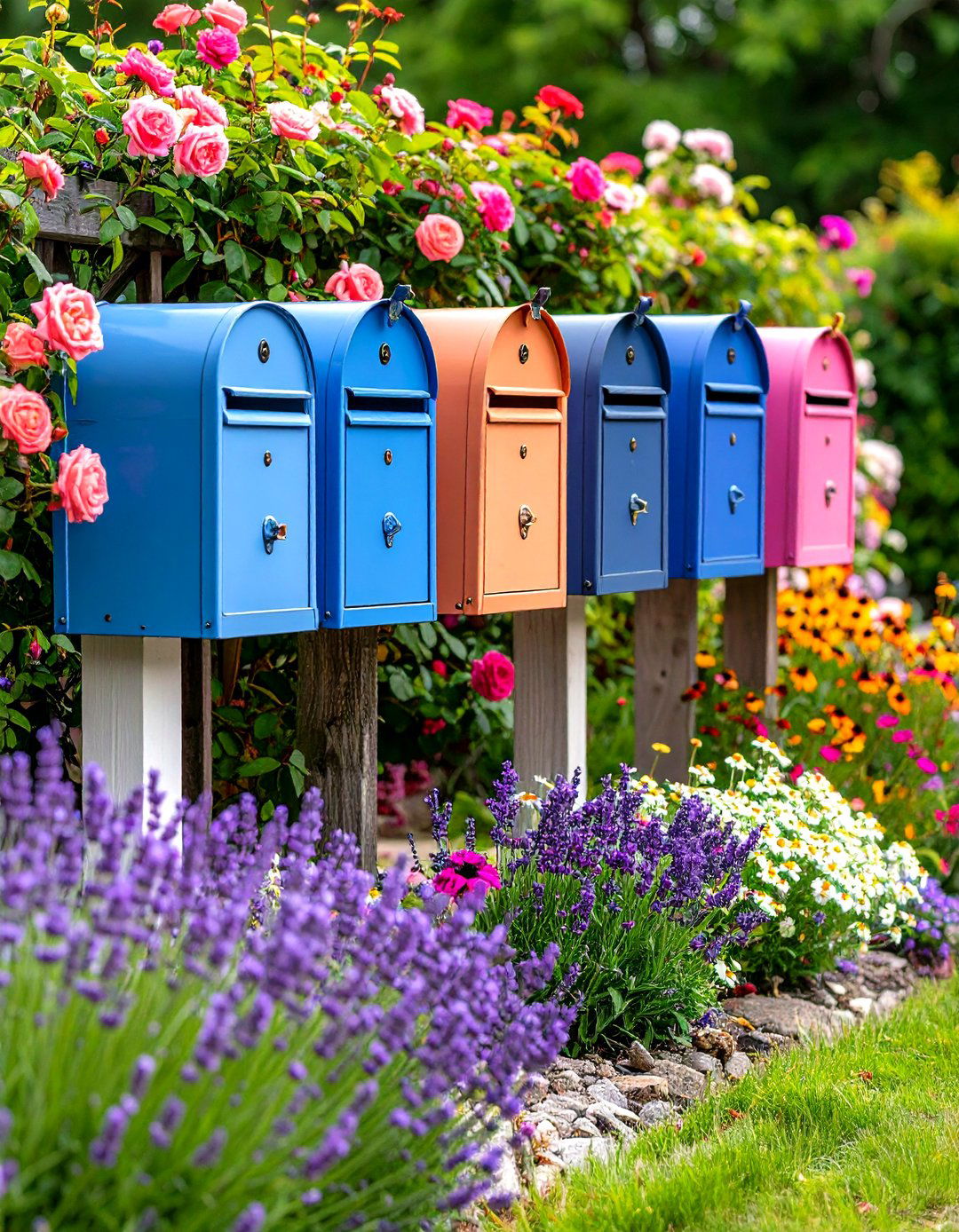
Create a romantic, old-world charm around your mailbox with an abundant cottage garden design featuring roses, lavender, and mixed perennials. This informal planting style allows plants to spill naturally onto pathways, creating a lush, slightly wild appearance that complements traditional architecture. Use climbing roses on a small trellis behind the mailbox for vertical interest, while surrounding the base with classic cottage plants like daisies, black-eyed Susans, and sweet alyssum. The key is layering different heights and textures while maintaining a soft, welcoming approach that blooms continuously throughout the growing season.
2. Modern Minimalist Mailbox Landscaping
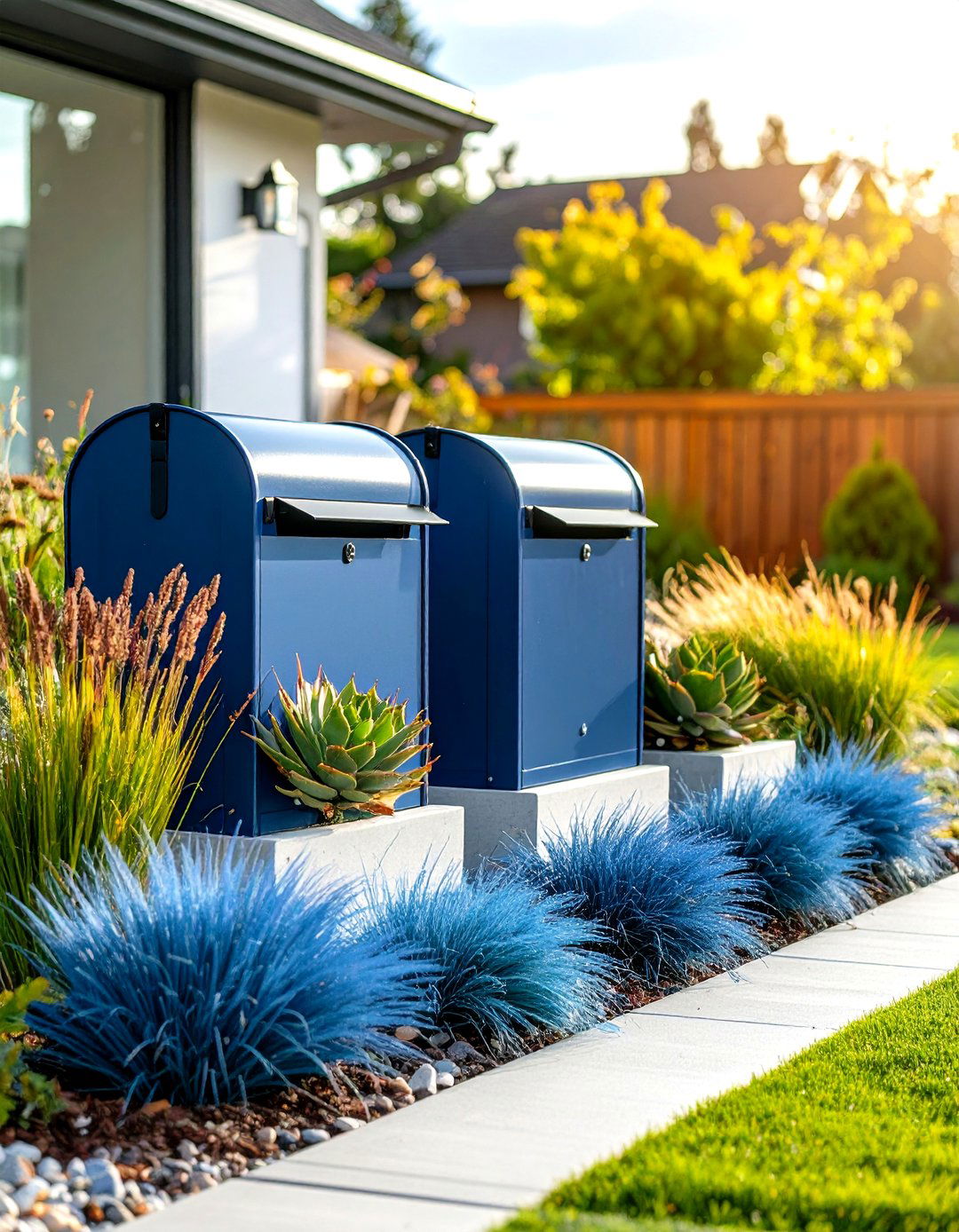
Embrace clean lines and contemporary aesthetics with a sleek minimalist design that pairs geometric planters with drought-tolerant plants. This approach features a simple structural planter filled with ornamental grasses like fountain grass or blue oat grass, complemented by a single statement succulent for visual interest. Use neutral materials such as concrete or stainless steel planters, and incorporate gravel or pebble groundcover for texture. The design emphasizes simplicity and functionality, creating a sophisticated look that requires minimal maintenance while making a bold architectural statement that complements modern home styles.
3. Xeriscape Drought-Tolerant Mailbox Landscaping
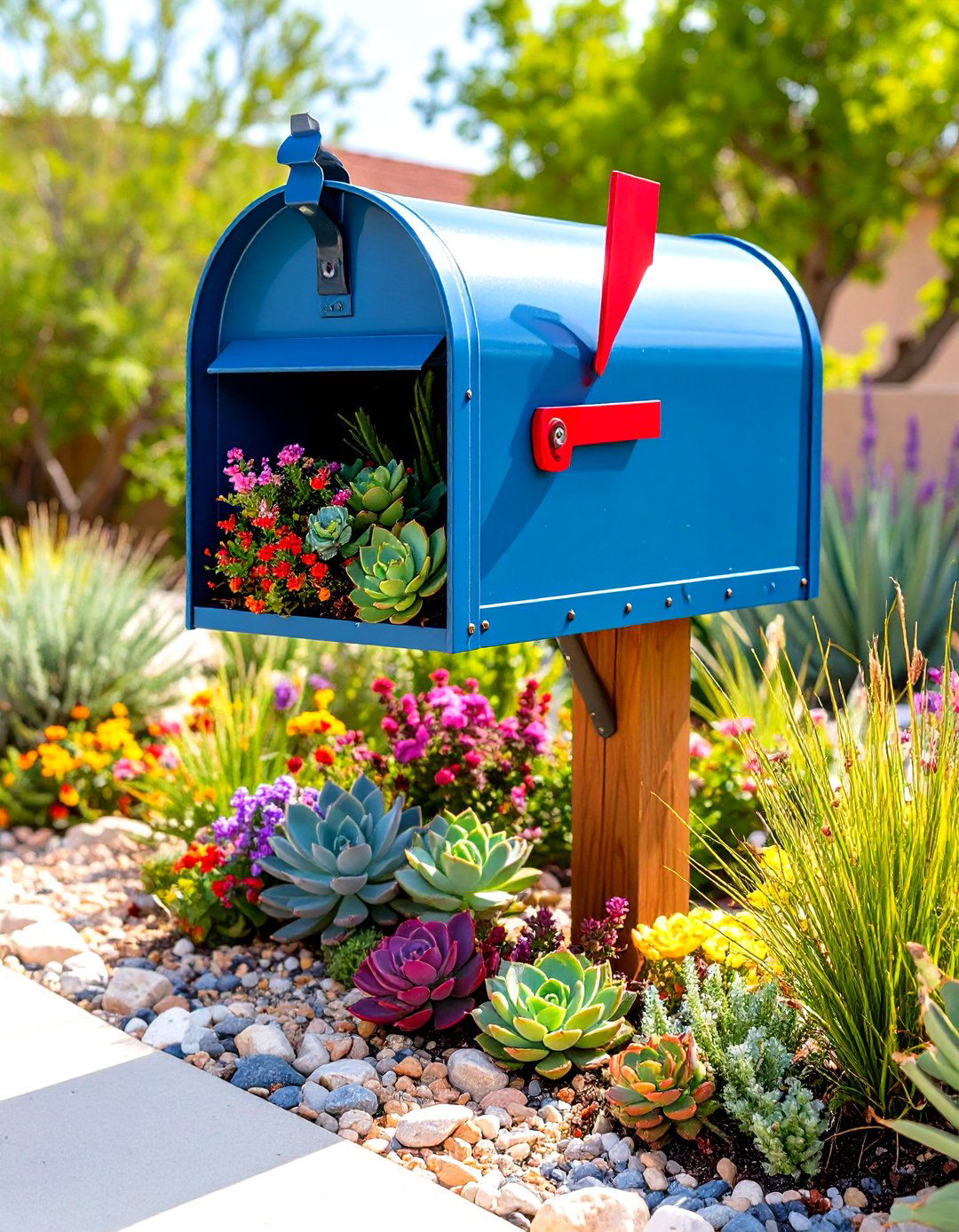
Design a water-wise mailbox garden using native plants and drought-resistant species that thrive in arid conditions. This sustainable approach features a combination of colorful succulents, ornamental grasses, and desert-adapted shrubs like Mexican sage or Texas ranger. Create visual interest with varying plant heights and textures, using decorative rocks and gravel as ground cover to retain moisture and suppress weeds. The design reduces water consumption by 50-70% while providing year-round color and texture. Include plants like agave, yucca, and native wildflowers that attract pollinators while requiring minimal irrigation once established.
4. Contemporary Geometric Mailbox Landscaping
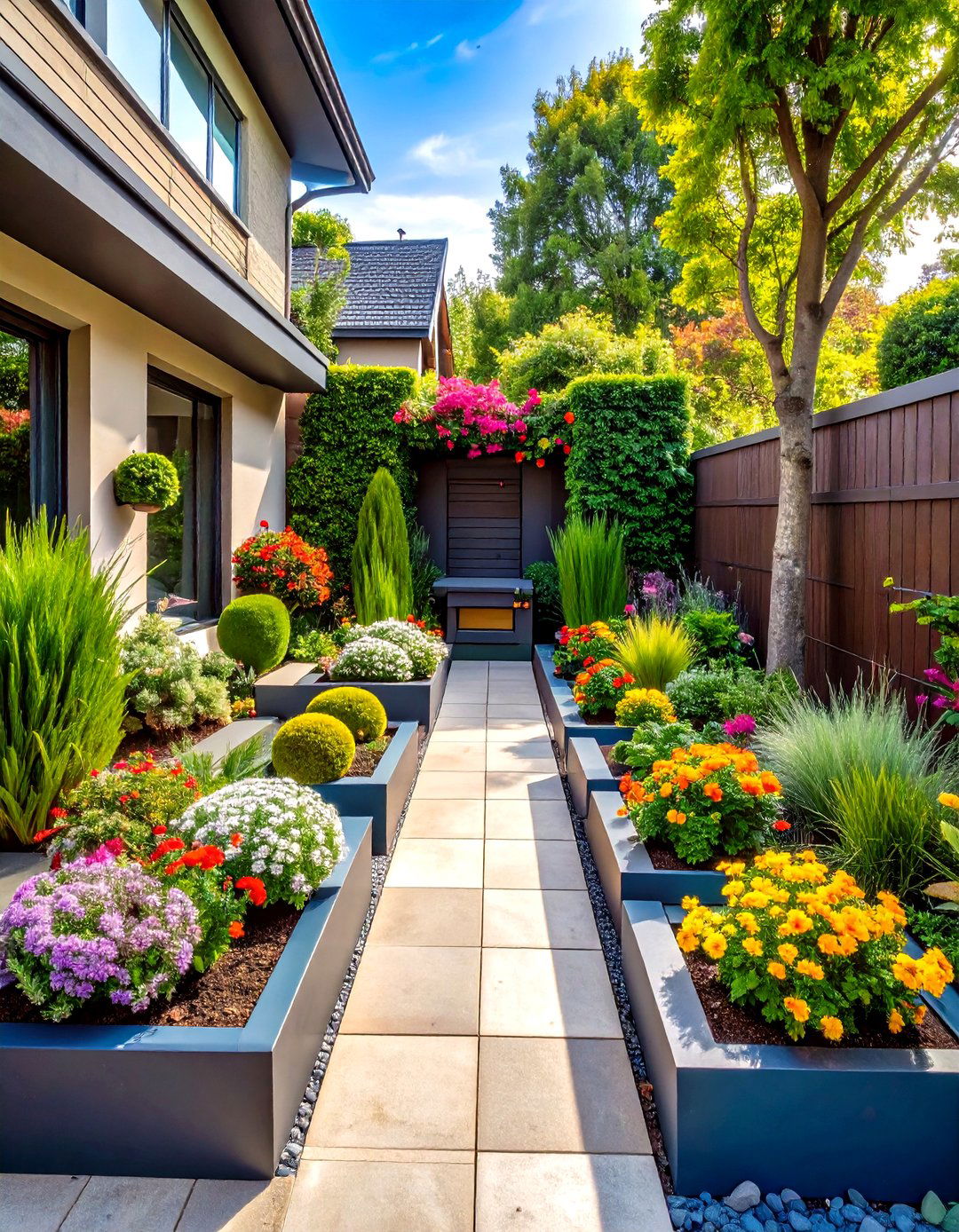
Transform your mailbox area with bold geometric patterns using angular planters and structured plant arrangements. This modern approach features rectangular or triangular raised beds filled with uniformly spaced plants like boxwood spheres or linear arrangements of ornamental grasses. Use materials like weathered steel or concrete blocks to create clean edges and defined spaces. The design incorporates repetitive elements and symmetrical patterns, creating a sophisticated look that emphasizes order and precision. Add lighting elements underneath planters for nighttime drama, and choose plants with architectural forms that maintain their structure throughout the seasons.
5. Rustic Country Mailbox Landscaping
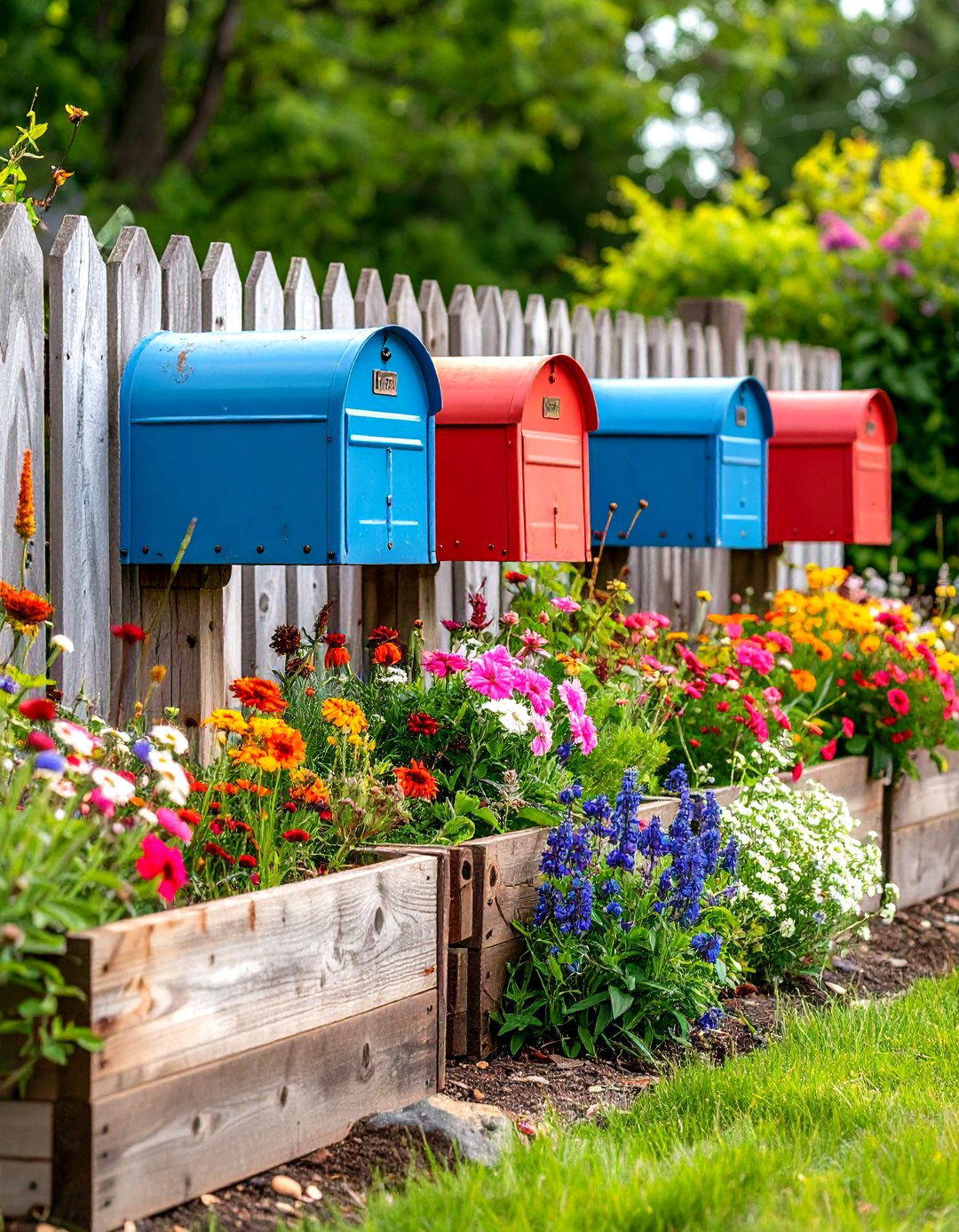
Capture the charm of rural living with a rustic design featuring reclaimed wood, wildflowers, and natural materials. This approach uses weathered fence posts or railroad ties to create raised beds filled with native wildflowers, prairie grasses, and heritage plants. The informal planting style includes species like purple coneflowers, black-eyed Susans, and native grasses that create a meadow-like appearance. Add rustic elements like old watering cans or vintage farm tools as decorative accents. The design embraces imperfection and natural aging, creating a warm, inviting entrance that reflects countryside aesthetics and celebrates local flora.
6. Coastal Maritime Mailbox Landscaping
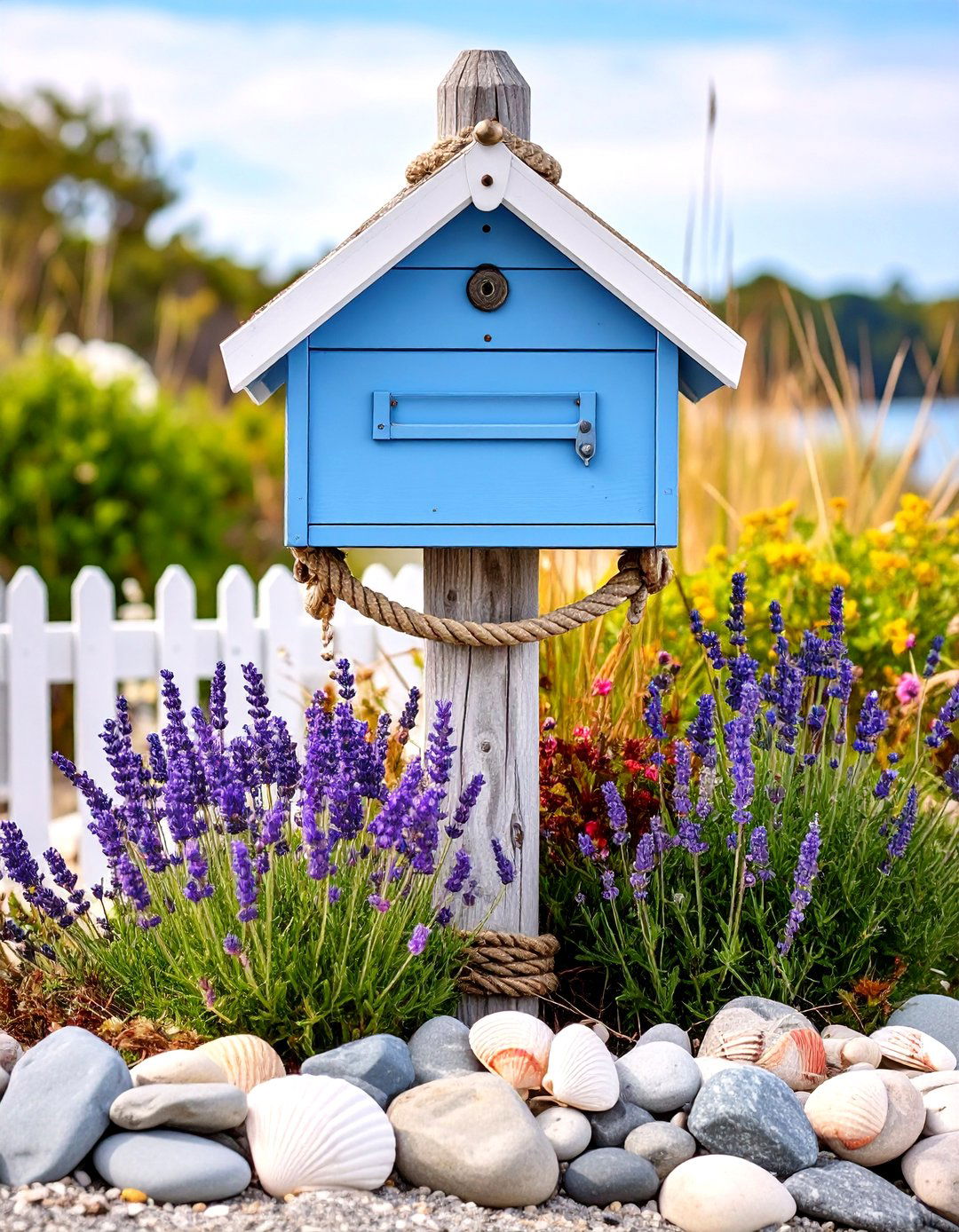
Bring beachside charm to your mailbox with a coastal-inspired design featuring weathered materials and salt-tolerant plants. This theme incorporates maritime elements like rope details, driftwood accents, and weathered cedar posts that evoke seaside living. Use plants that thrive in coastal conditions such as sea lavender, beach grasses, and salt-tolerant perennials. Create texture with shells, smooth stones, and weathered granite pieces that mimic a shoreline environment. The color palette focuses on blues, whites, and sandy neutrals, creating a relaxed, vacation-like atmosphere that transports viewers to the coast regardless of your actual location.
7. Seasonal Rotation Mailbox Landscaping
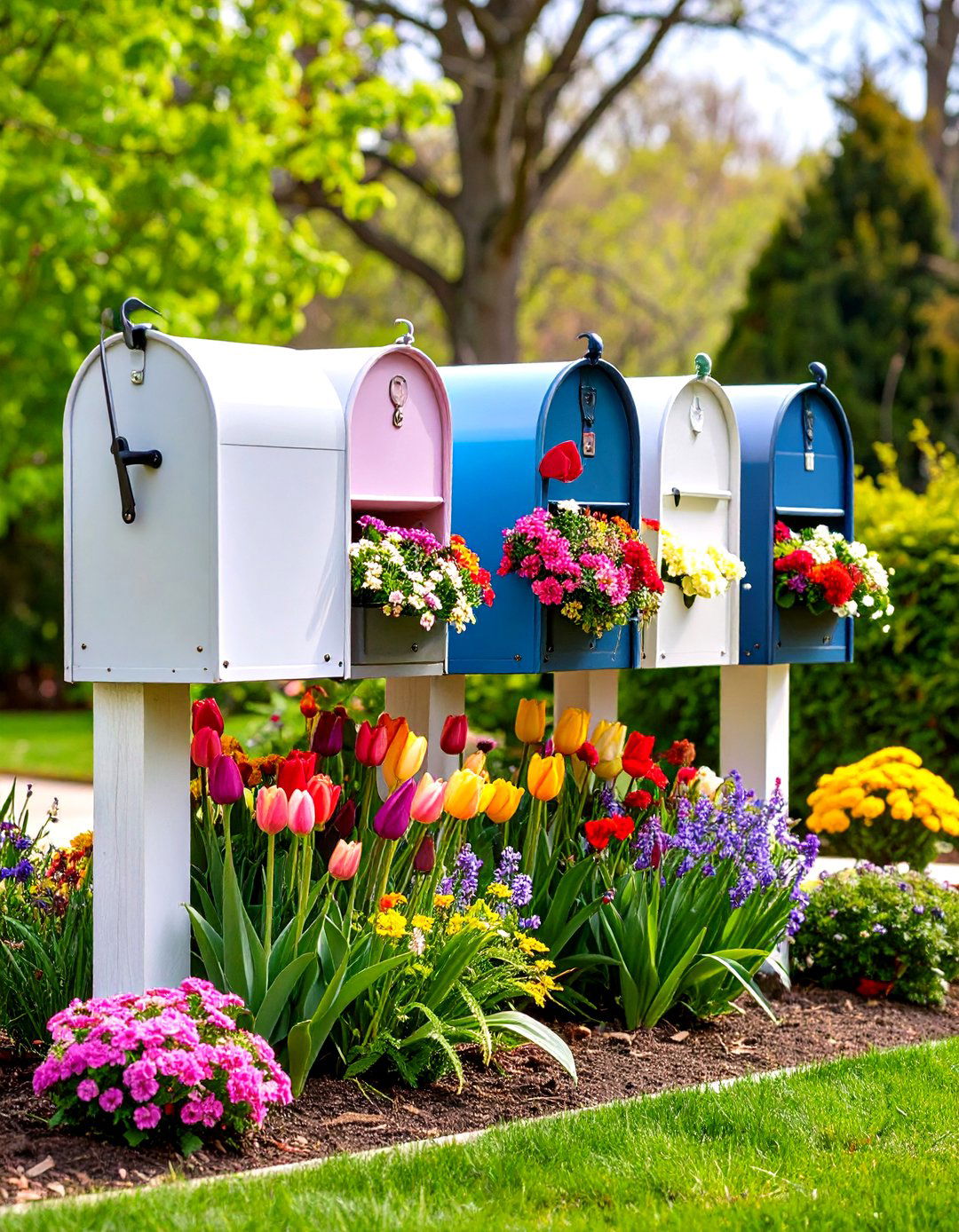
Design a dynamic mailbox garden that changes with the seasons, featuring rotating displays of seasonal flowers and decorative elements. This approach uses a structured planting bed with permanent evergreen foundation plants complemented by seasonal annuals that provide continuous color changes. Spring features tulips and daffodils, summer showcases vibrant annuals like zinnias and marigolds, fall highlights chrysanthemums and ornamental kale, while winter focuses on evergreen arrangements and seasonal decorations. The design requires planning and periodic replanting but rewards with year-round visual interest and the excitement of seasonal transformation.
8. Perennial Mixed Border Mailbox Landscaping
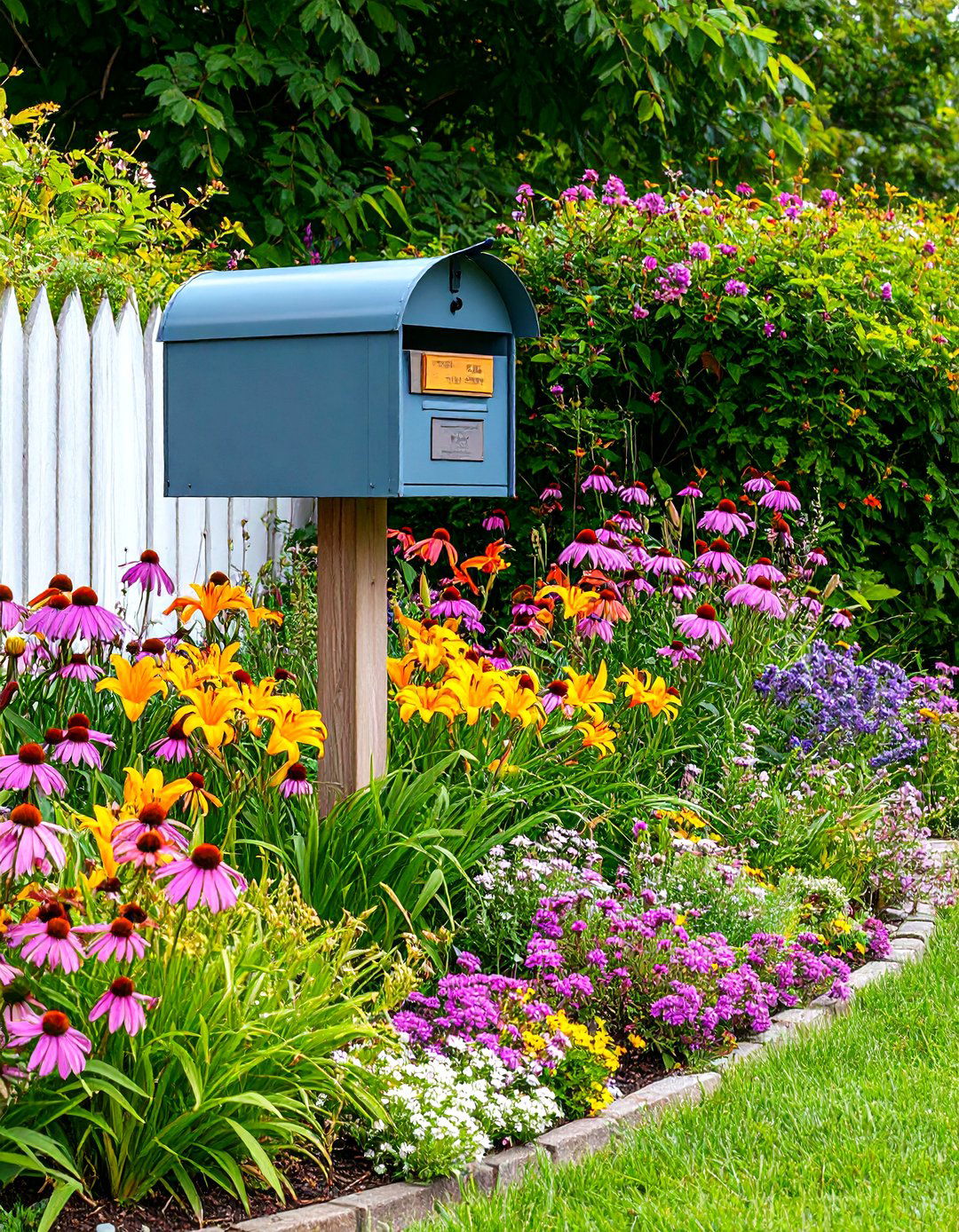
Create a sophisticated perennial garden featuring multiple layers of color and texture that provide year-round visual interest. This design combines various perennial plants with complementary colors but contrasting textures, including ornamental grasses, flowering perennials, and structural plants. Use plants like purple coneflowers, daylilies, ornamental grasses, and sedum that return year after year with minimal maintenance. The layered approach includes woody shrubs for structure, medium-height perennials for seasonal color, and low-growing ground covers that soften edges. Curved edging separates the planting bed from the lawn while creating an elegant, finished appearance.
9. Cutting Garden Mailbox Landscaping
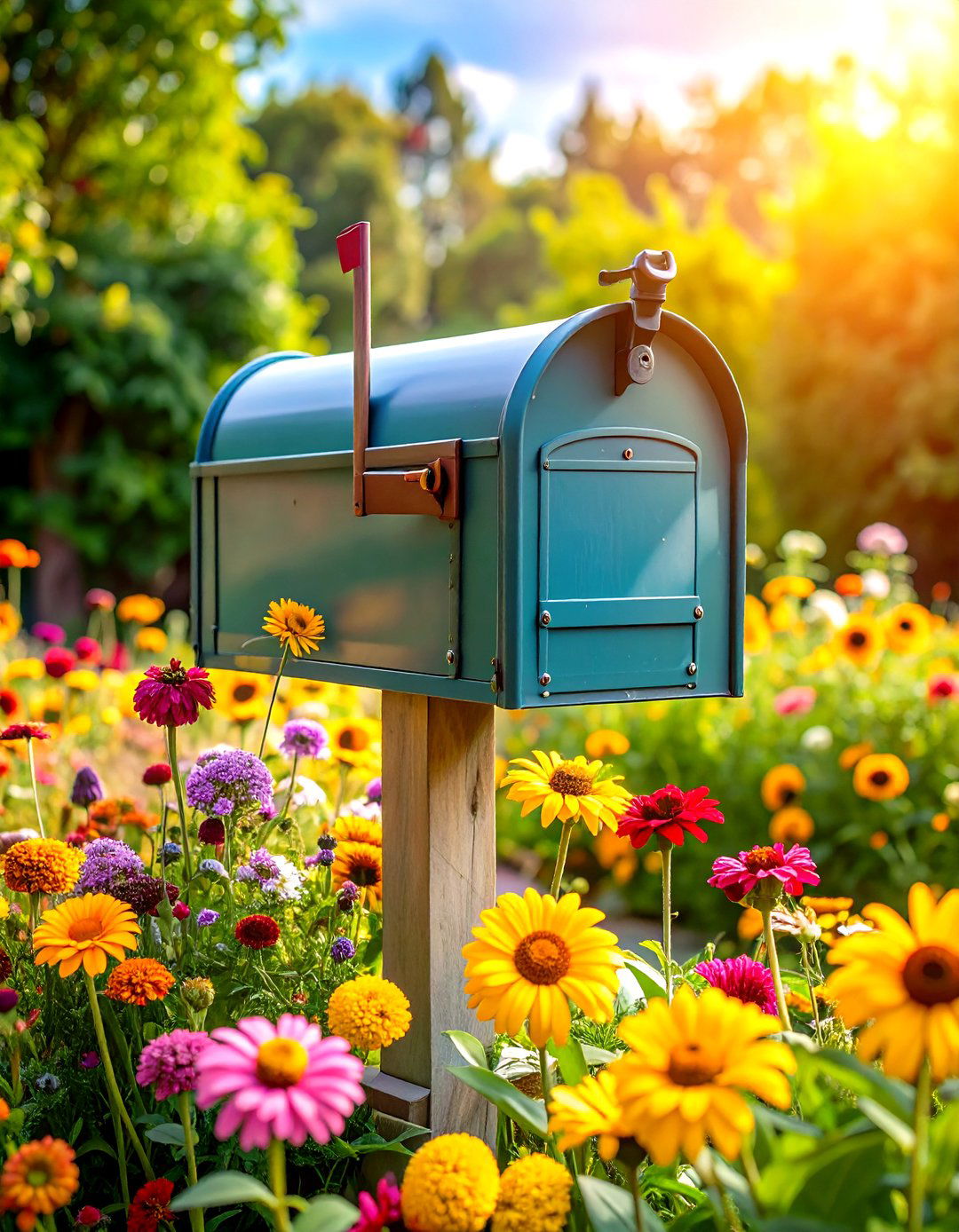
Transform your mailbox area into a practical cutting garden filled with flowers perfect for indoor arrangements. This functional design features easy-to-grow annual flowers like zinnias, sunflowers, cosmos, and marigolds that provide continuous blooms for harvesting. Plant flowers with long, sturdy stems that can be cut regularly without affecting the overall garden appearance. The design combines beauty with functionality, creating a vibrant display that serves a practical purpose. Include a variety of flower types, colors, and bloom times to ensure continuous cutting opportunities throughout the growing season while maintaining an attractive streetside display.
10. Rock Garden Mailbox Landscaping
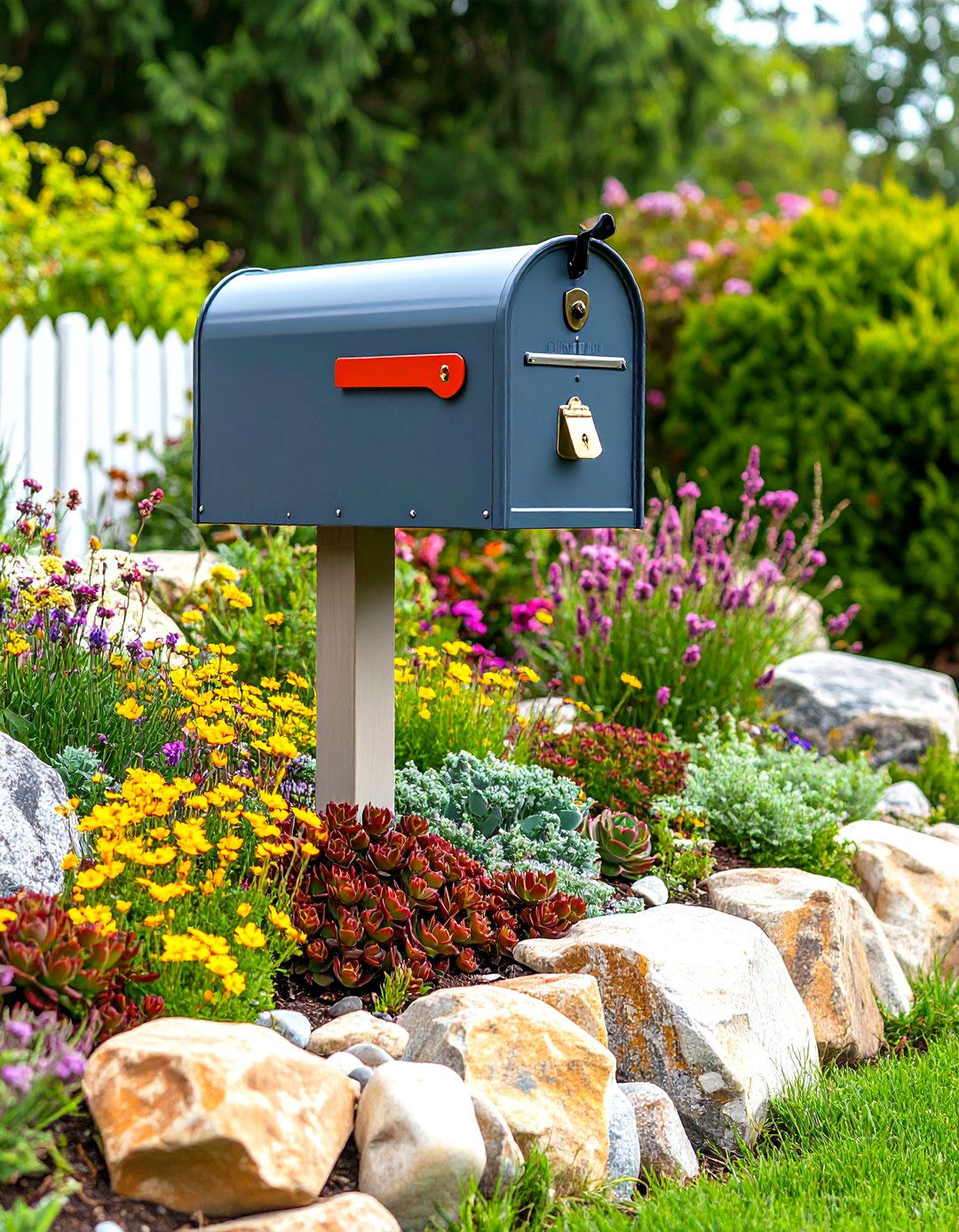
Design a low-maintenance rock garden using varied stones and drought-resistant plants that create natural-looking landscapes. This approach features a combination of large and small rocks in various colors and textures, complemented by alpine plants and succulents that thrive in well-draining conditions. Use plants like sedums, hens and chicks, and ornamental grasses that weave between rock formations. The design mimics natural rock outcroppings while providing excellent drainage and minimal maintenance requirements. Include different rock sizes and types to create visual interest and natural-looking arrangements that require no irrigation once established.
11. Tropical Paradise Mailbox Landscaping
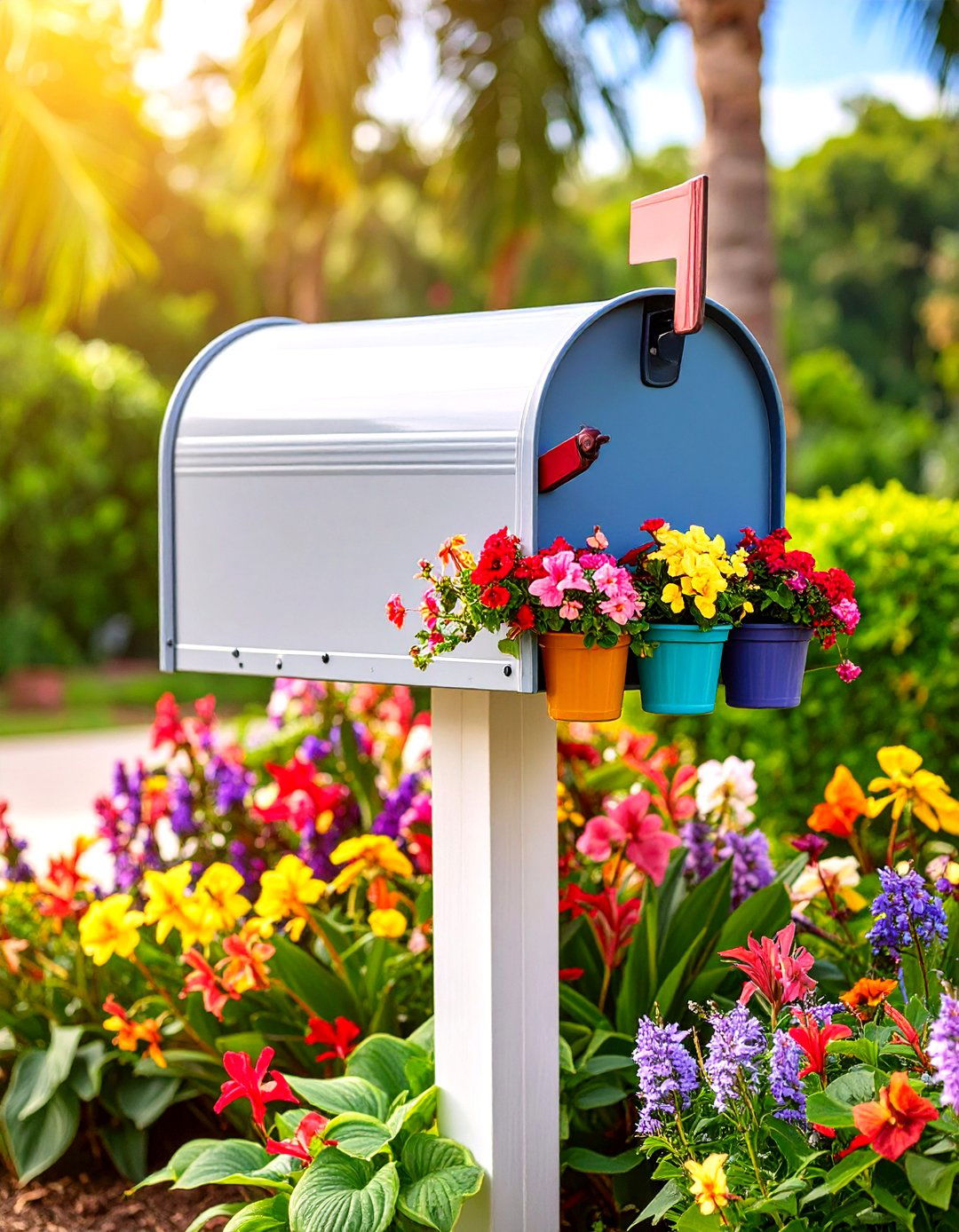
Create an exotic tropical oasis featuring lush foliage plants and bold, colorful flowers that evoke vacation destinations. This design uses large-leafed plants like hostas, caladiums, and elephant ears combined with bright flowering plants such as begonias, impatiens, and tropical hibiscus. Add decorative elements like bamboo stakes, colorful ceramic containers, and tropical-themed accessories. The planting scheme emphasizes dense, jungle-like growth with overlapping foliage and layers of green in different shades and textures. This approach works best in humid climates or protected locations where tropical plants can thrive during growing seasons.
12. Formal Symmetrical Mailbox Landscaping
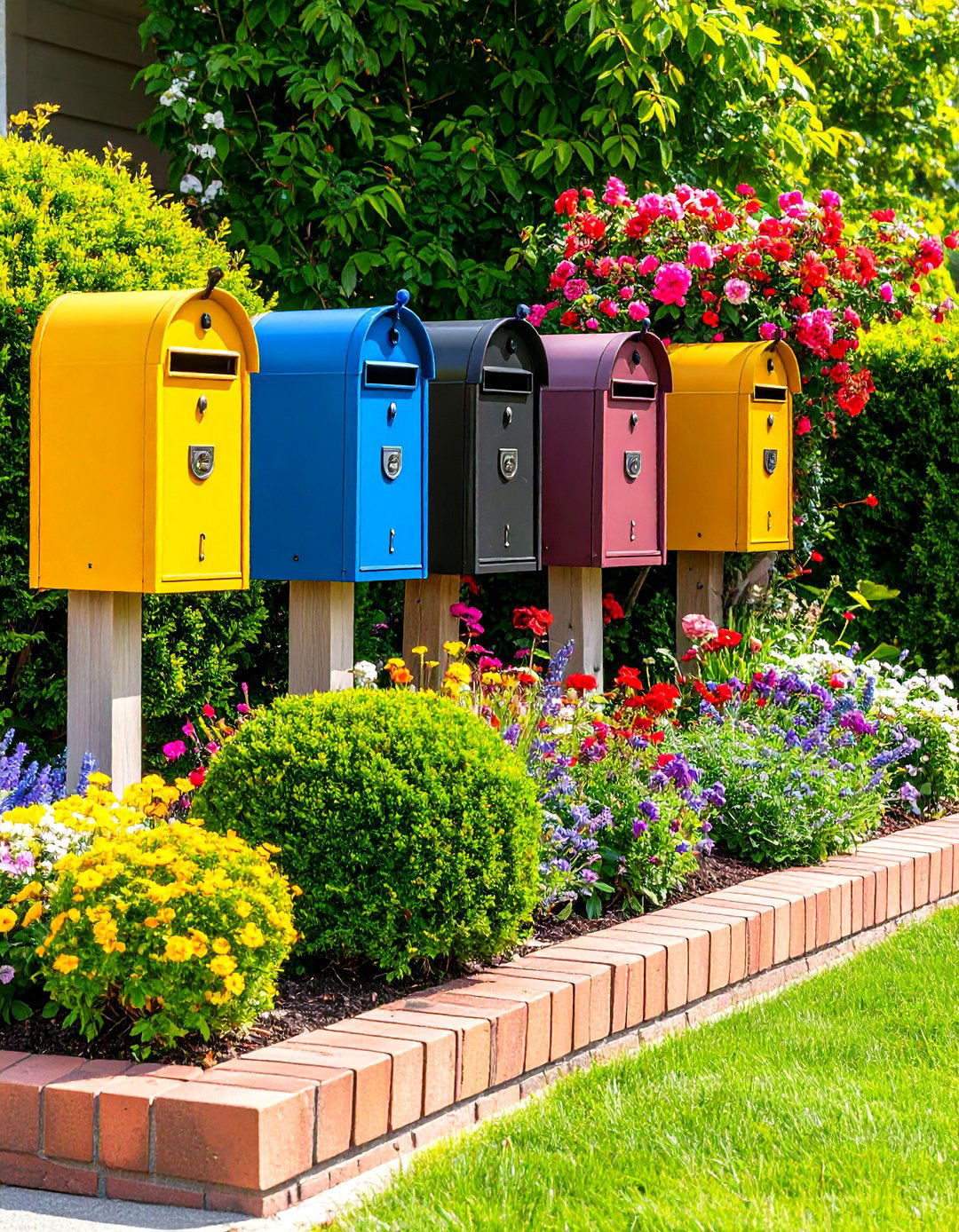
Design an elegant formal garden featuring balanced, symmetrical plantings that create a refined, traditional appearance. This approach uses matching plants on either side of the mailbox, such as identical boxwood shrubs or matching perennial groupings. The design emphasizes order and precision with geometric shapes, clean lines, and carefully maintained plant forms. Use materials like brick edging or formal pavers to define spaces and create structured pathways. Include topiary elements or precisely pruned shrubs that maintain their shape throughout the seasons. This style complements traditional architecture and creates a sense of established elegance and sophistication.
13. Wildlife-Friendly Mailbox Landscaping
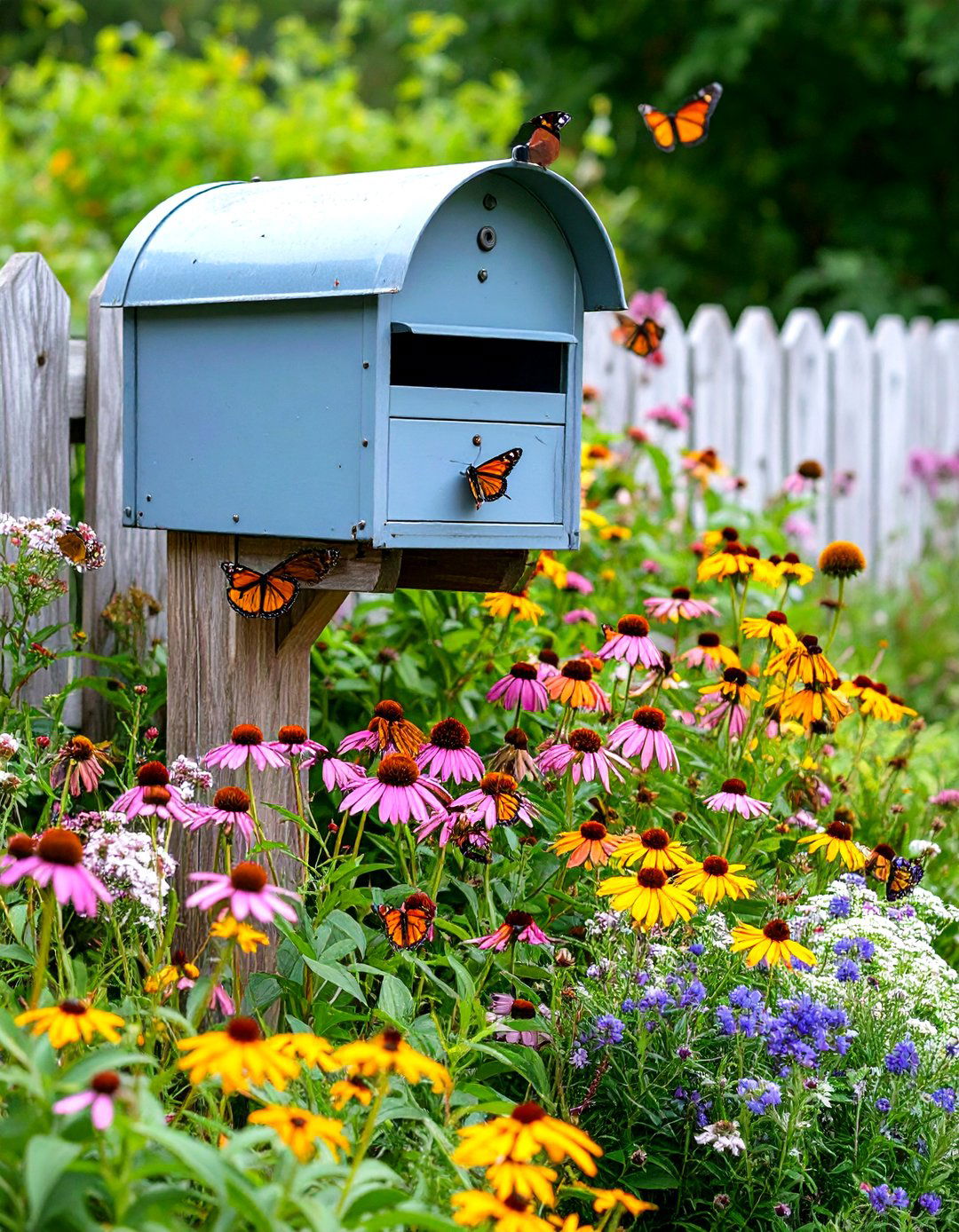
Create a mini wildlife sanctuary that attracts butterflies, bees, and birds with native plants and pollinator-friendly flowers. This ecological approach features plants like butterfly weed, purple coneflowers, black-eyed Susans, and native grasses that provide food and habitat for local wildlife. Include a small water feature or shallow dish for butterfly puddling and bird drinking. The design emphasizes biodiversity and ecosystem support while creating a beautiful, ever-changing display as wildlife visits throughout the seasons. Choose plants with extended blooming periods and different bloom times to provide continuous nectar sources for pollinators.
14. Zen Japanese-Inspired Mailbox Landscaping
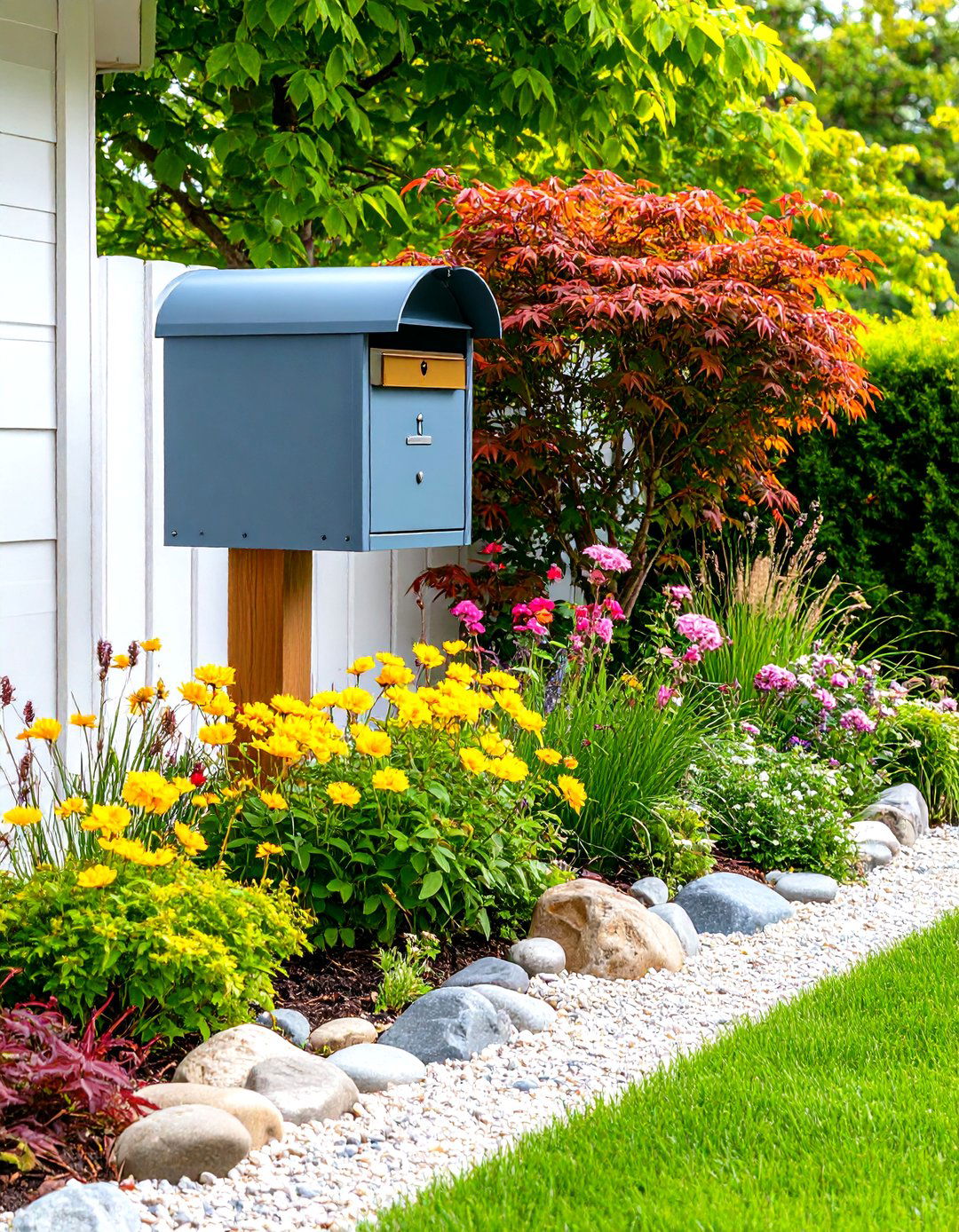
Design a peaceful, minimalist landscape inspired by Japanese garden principles using carefully placed rocks, ornamental grasses, and restrained plant choices. This serene approach features fine gravel or sand as ground cover with strategically placed stones and minimal plantings like dwarf Japanese maples or ornamental grasses. The design emphasizes simplicity, balance, and contemplation with clean lines and subtle textures. Use neutral colors and natural materials that create a calm, meditative atmosphere. Include elements like small bamboo features or carefully raked gravel patterns that evoke traditional Japanese aesthetics while requiring minimal maintenance.
15. Edible Garden Mailbox Landscaping
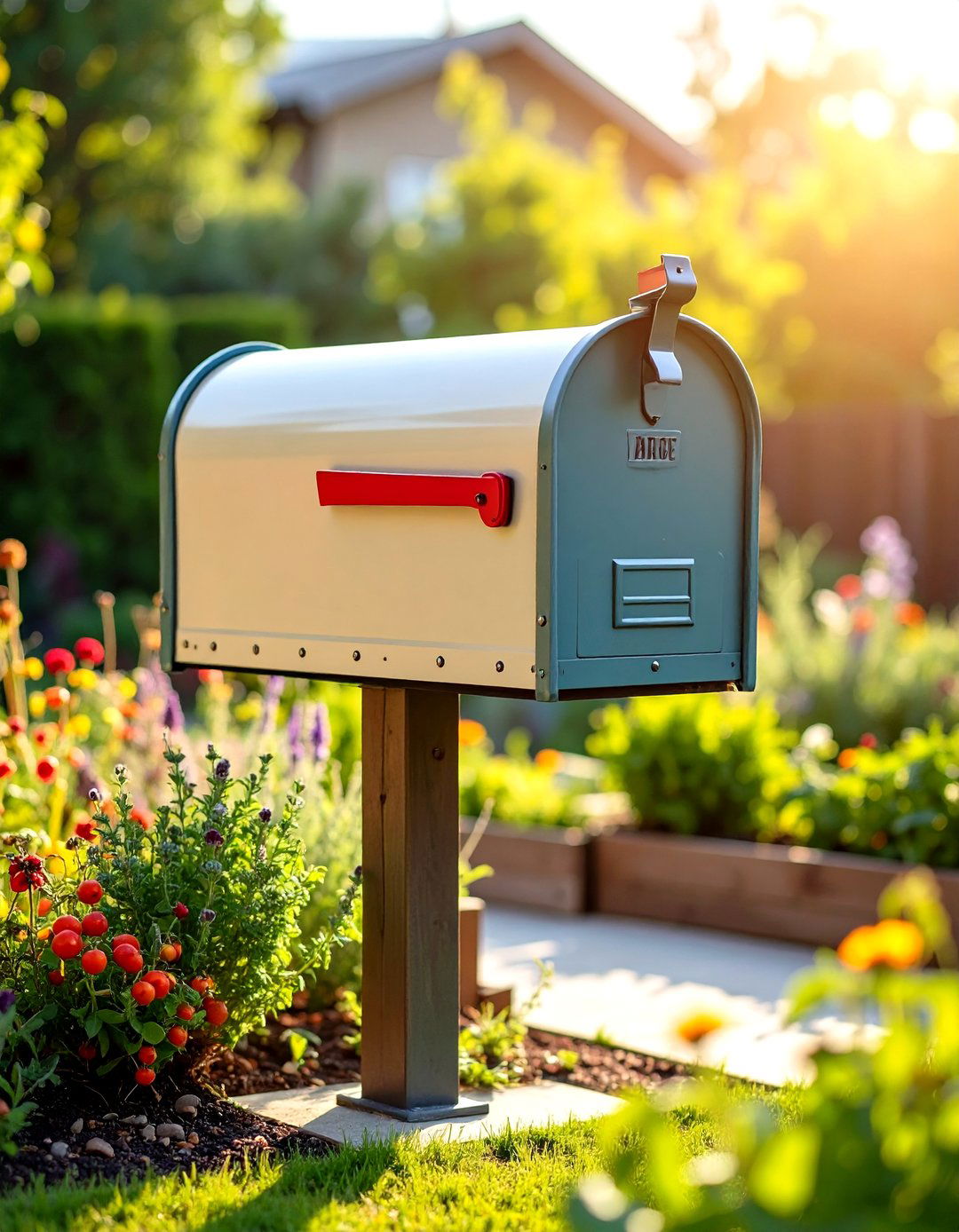
Combine beauty with functionality by incorporating edible plants like herbs, vegetables, and fruiting plants into your mailbox design. This practical approach features culinary herbs like rosemary, thyme, and lavender combined with compact vegetables and small fruiting plants. Use raised beds or containers that make harvesting easy while creating an attractive display. Include plants like cherry tomatoes, pepper plants, and compact berry bushes that provide food while maintaining ornamental value. The design requires regular maintenance and harvesting but rewards with fresh ingredients and the satisfaction of combining aesthetics with productivity in a small space.
16. Vertical Climbing Mailbox Landscaping
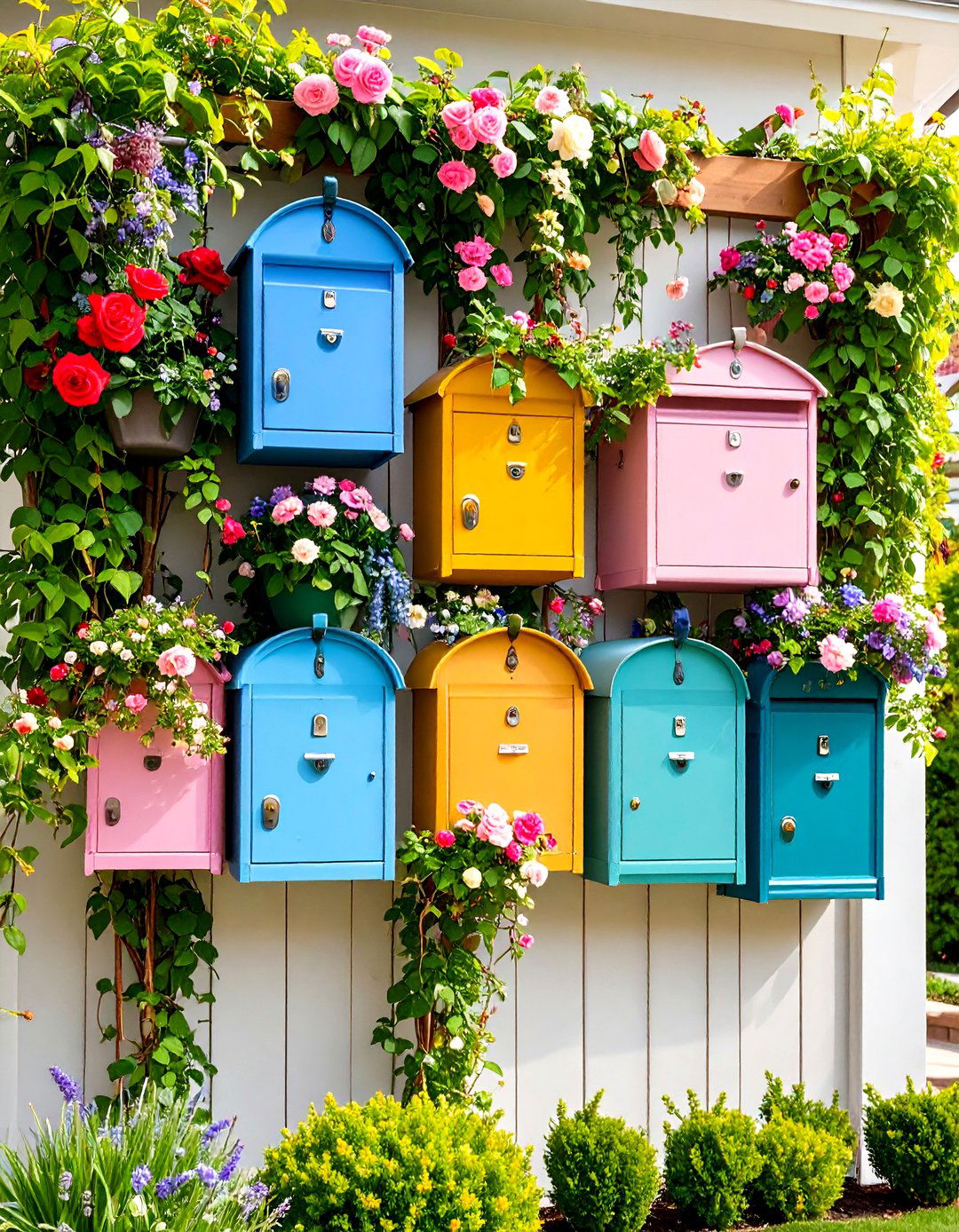
Maximize impact with vertical growing techniques using trellises, climbing plants, and tiered arrangements that create height and drama. This space-efficient design features flowering vines like clematis, morning glories, or climbing roses trained on decorative supports behind the mailbox. Use vertical planters or tiered containers to create multiple growing levels while conserving ground space. The design works well in narrow roadside areas where horizontal space is limited. Include plants with different climbing habits and bloom times to ensure continuous vertical interest throughout the growing season while creating a striking focal point.
17. Monochromatic Color Theme Mailbox Landscaping
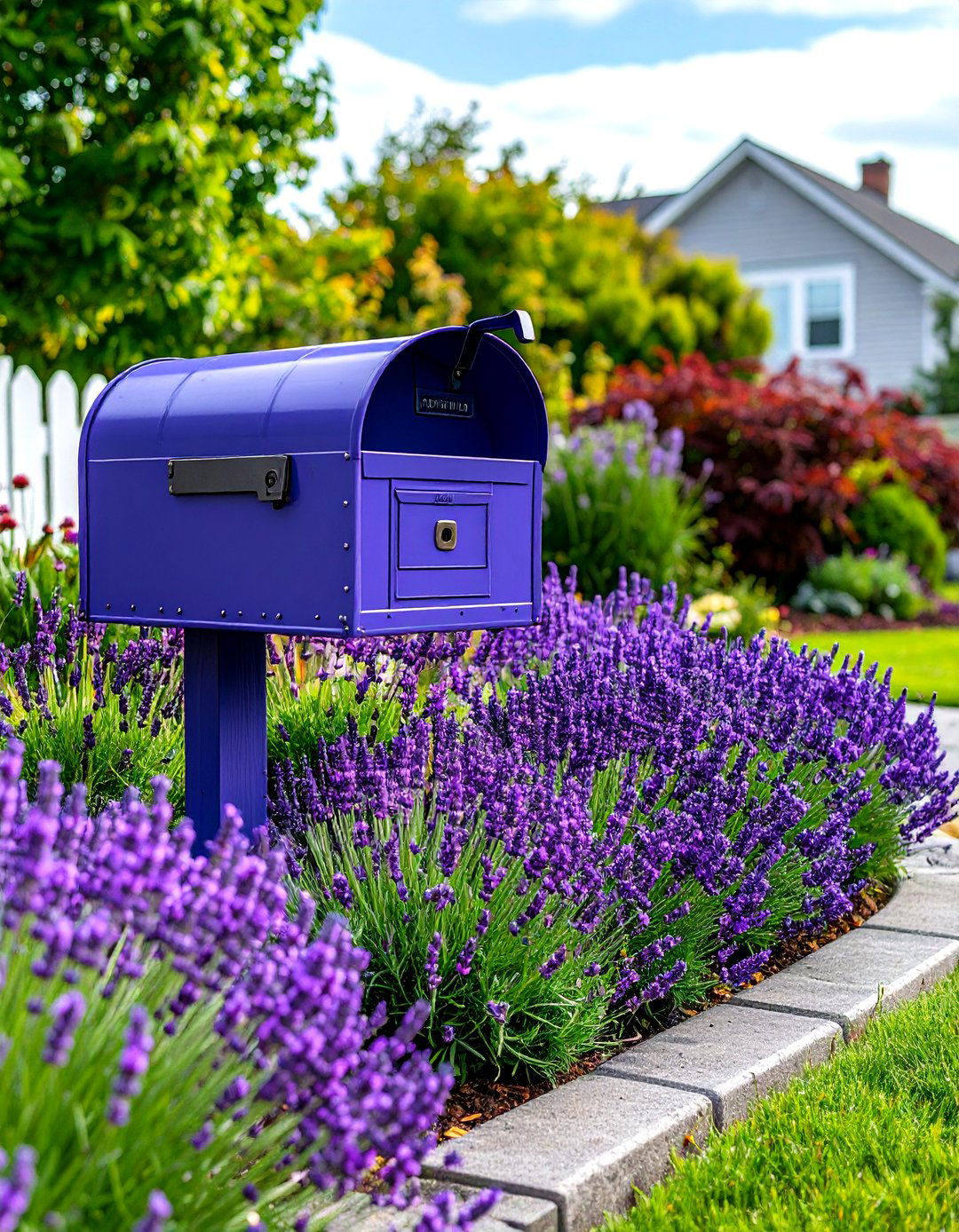
Design a sophisticated landscape using plants in varying shades of a single color family for cohesive, elegant results. This refined approach might feature purple-themed plants like lavender, purple coneflowers, and purple-leafed plants, or white-themed gardens with white flowers and silver foliage. The design creates visual unity through color repetition while using different textures and plant forms to maintain interest. Include plants with varying bloom times to ensure continuous color throughout the season. This approach works particularly well with neutral mailbox colors and creates a memorable, professional appearance that demonstrates thoughtful design principles.
18. Prairie Wildflower Mailbox Landscaping
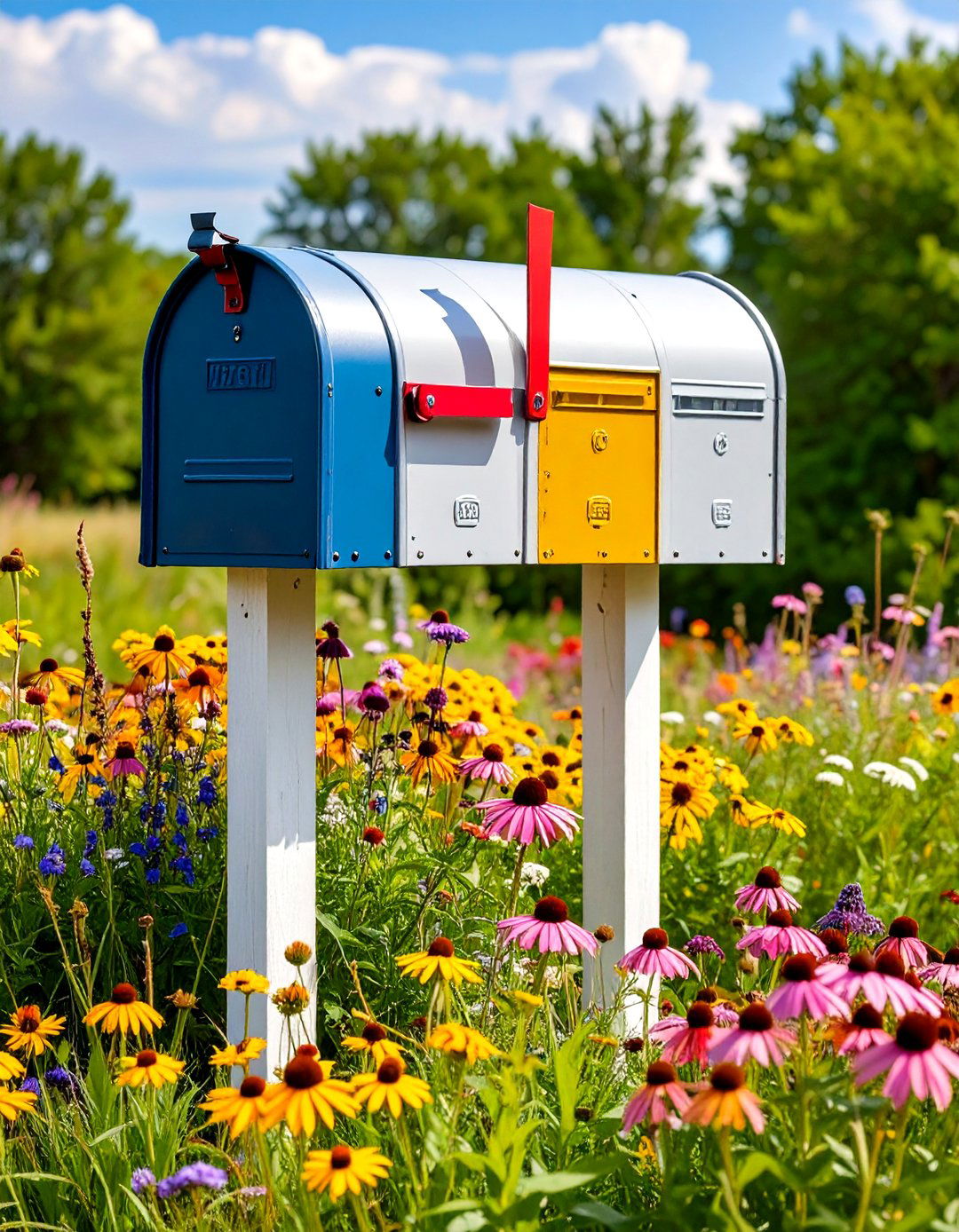
Create a natural prairie-inspired landscape using native wildflowers and grasses that mimic local ecosystems. This ecological approach features plants like purple coneflowers, black-eyed Susans, native grasses, and regional wildflowers that create a naturalistic meadow appearance. The design requires minimal maintenance once established and provides habitat for local wildlife while showcasing regional plant communities. Use plants that spread naturally and self-seed for a constantly evolving display. The informal planting style celebrates local flora while creating a low-maintenance, environmentally beneficial landscape that changes with seasons and years.
19. Evergreen Structure Mailbox Landscaping
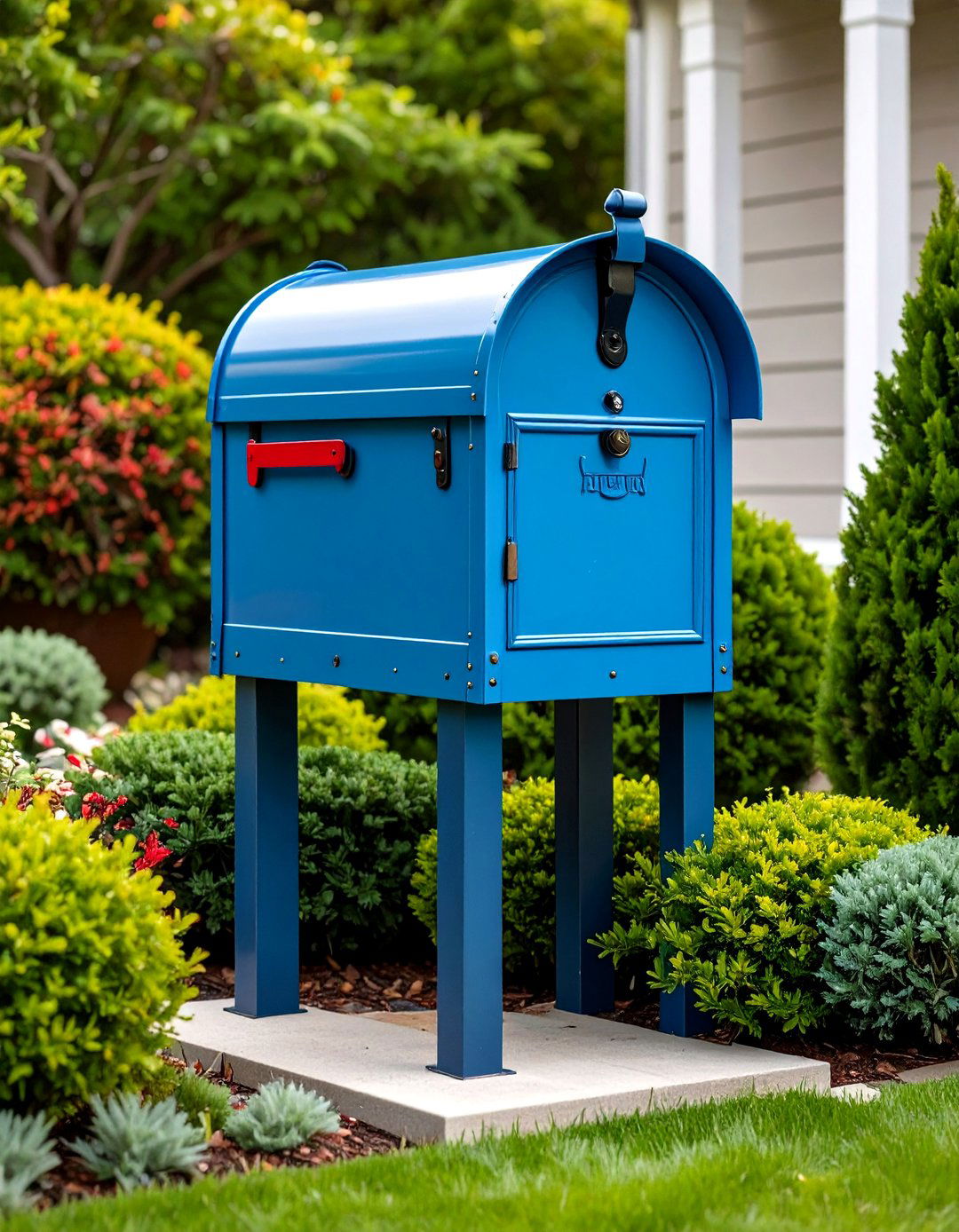
Design a year-round landscape using evergreen plants that provide constant color and structure through all seasons. This reliable approach features a combination of evergreen shrubs like boxwood, juniper, and dwarf conifers in various textures and shades of green. The design creates a foundation that looks attractive in winter while providing structure for seasonal accent plants. Use plants with different growth habits and needle or leaf textures to create visual interest without relying on seasonal flowers. This low-maintenance approach ensures your mailbox area always looks well-maintained and provides a professional appearance throughout the year.
20. Lighted Evening Mailbox Landscaping
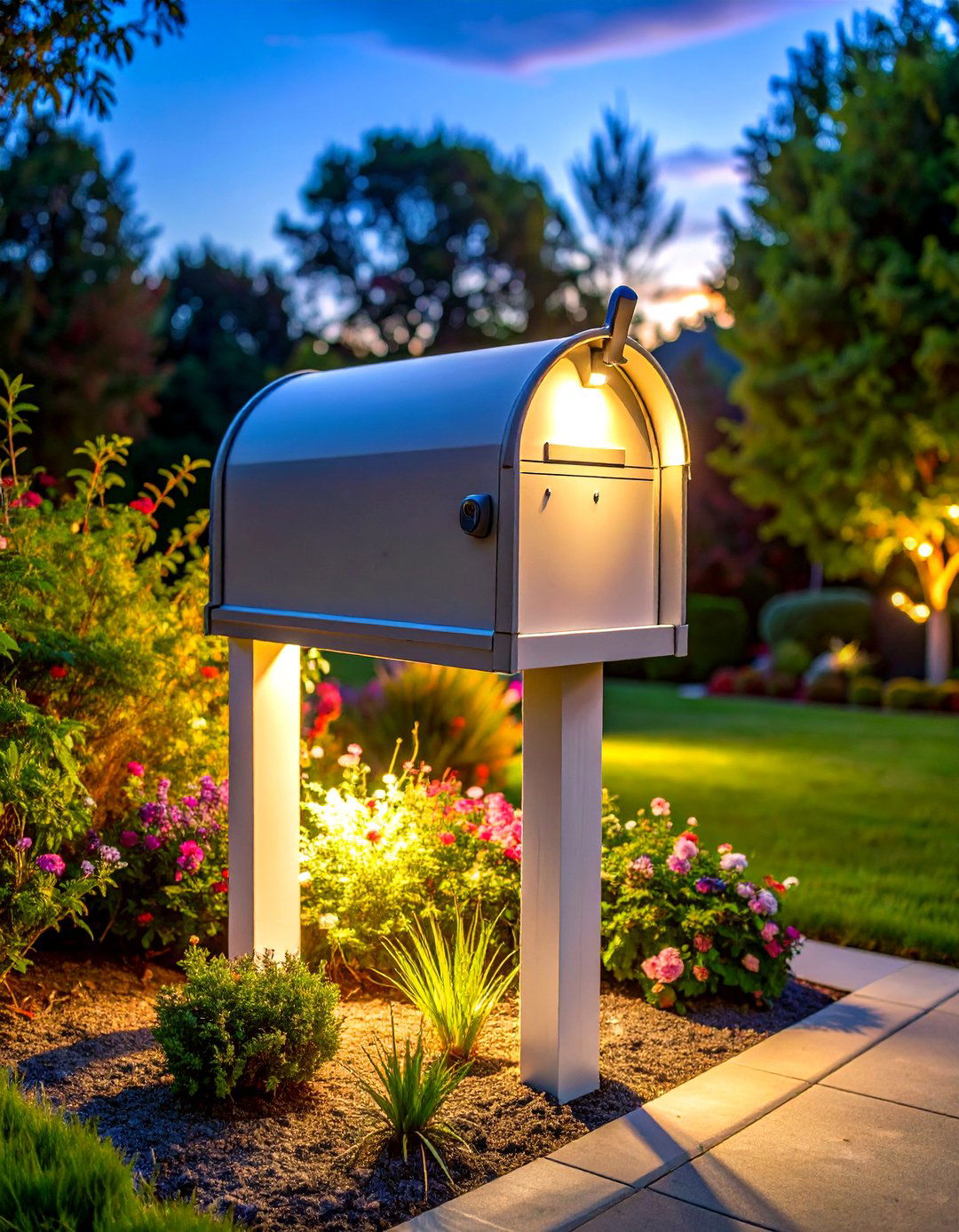
Create dramatic nighttime appeal with integrated lighting that highlights plants and architectural features after dark. This sophisticated approach combines landscape lighting with carefully selected plants that look striking when illuminated. Use LED uplighting to highlight specimen plants or trees, path lighting to define walkways, and accent lighting to create dramatic shadows and textures. The design considers both daytime and nighttime appearance, choosing plants with interesting forms and textures that create beautiful silhouettes when lit. Include solar-powered or low-voltage lighting systems that provide safety while creating an elegant evening display that extends the enjoyment of your mailbox landscape.
Conclusion:
These comprehensive mailbox landscaping ideas demonstrate that even small spaces can make significant impact when designed with intention and creativity. Each approach offers a complete design theme that coordinates plants, materials, and aesthetic elements to create memorable first impressions. Whether you prefer the water-wise beauty of xeriscape designs, the romantic charm of cottage gardens, or the sophisticated elegance of formal arrangements, the key is selecting a theme that reflects your personal style while complementing your home's architecture and enhancing your property's overall curb appeal.



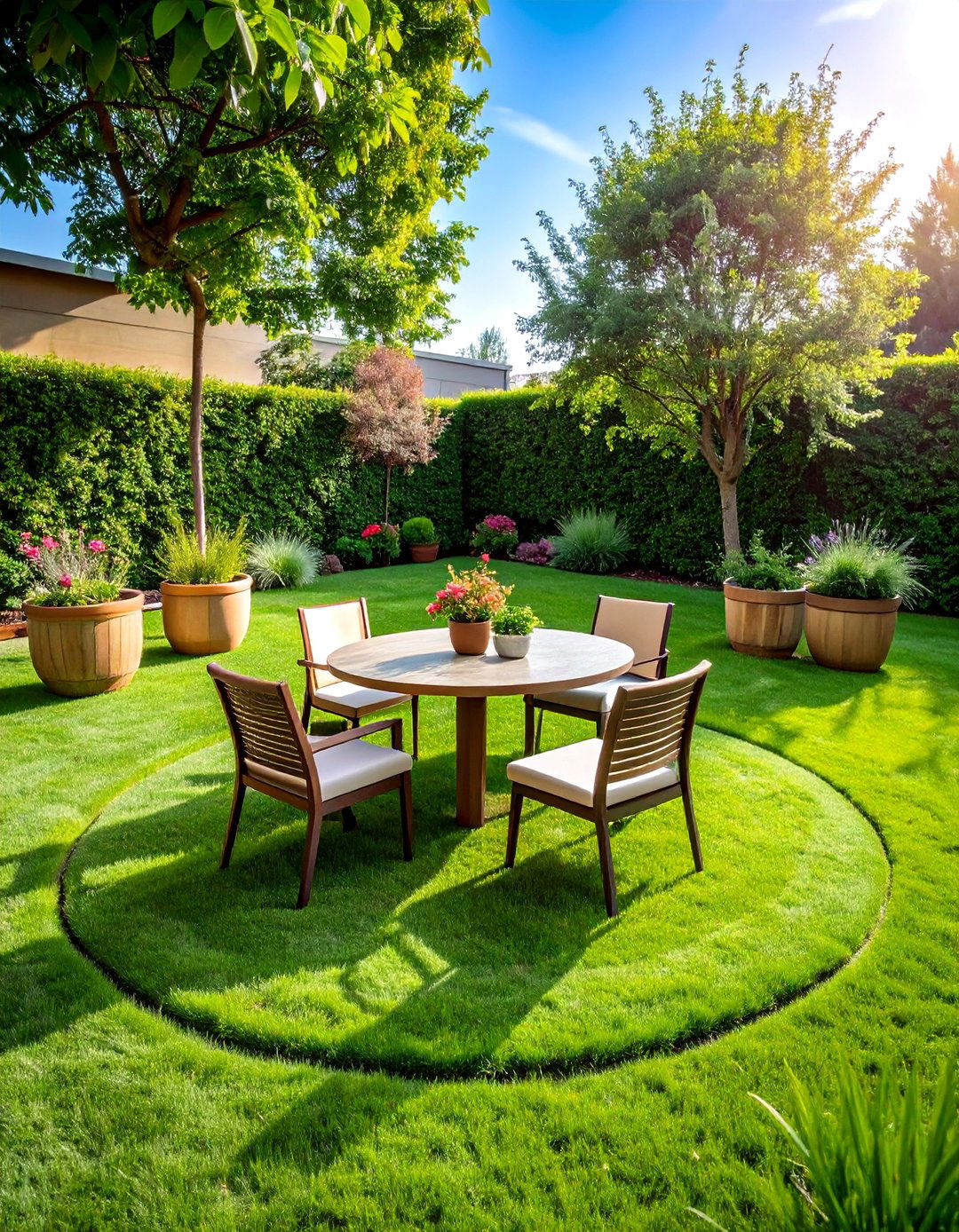
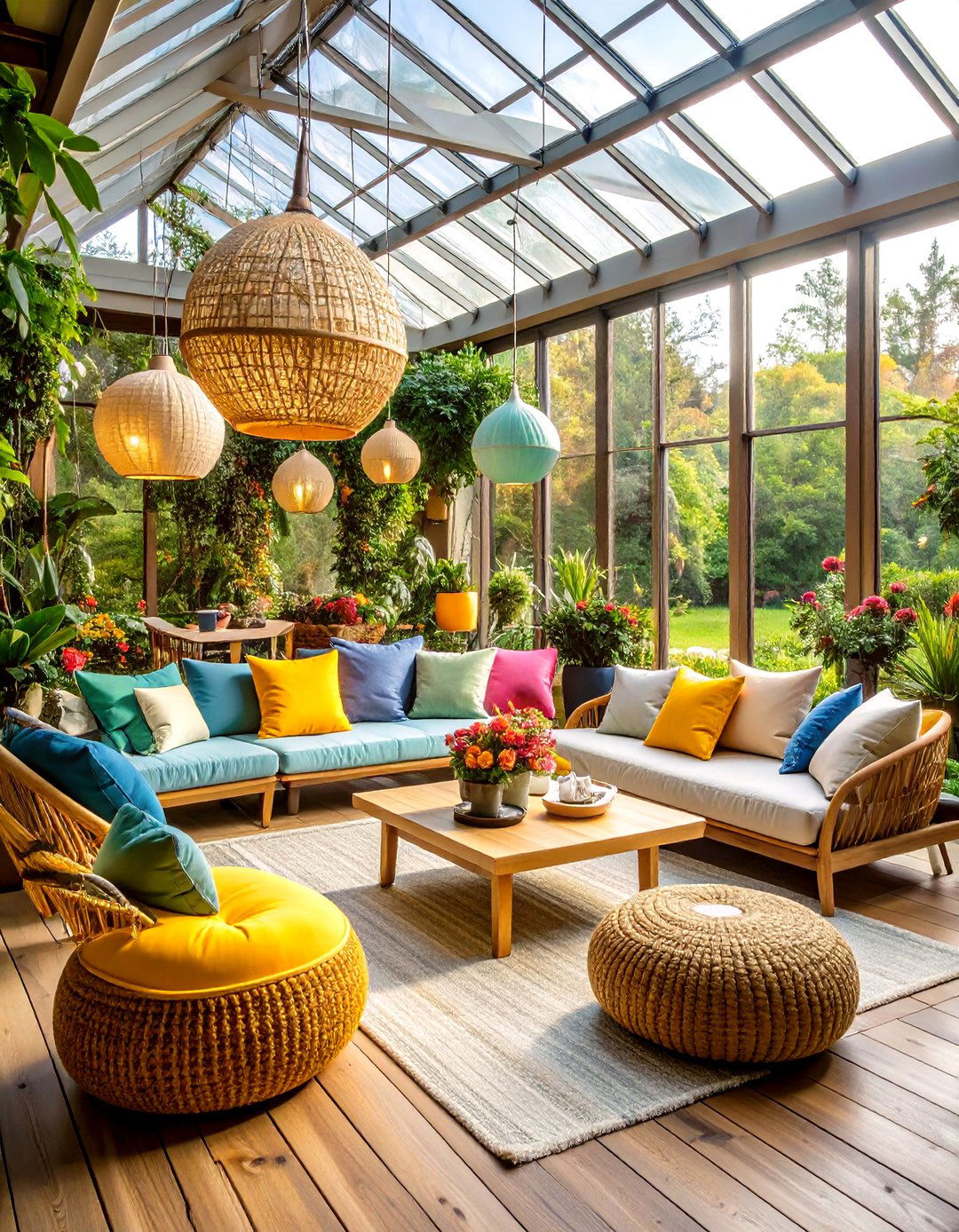

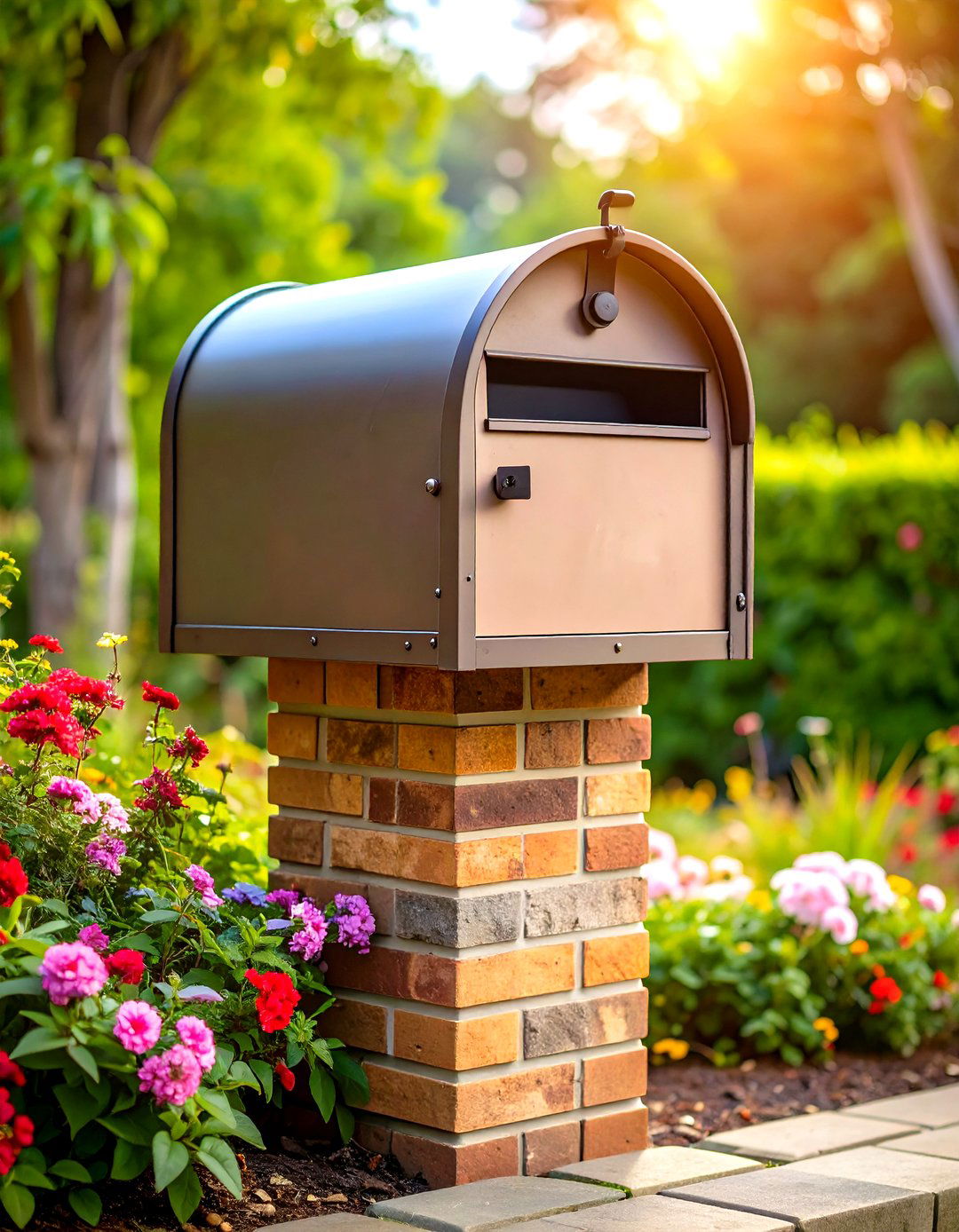

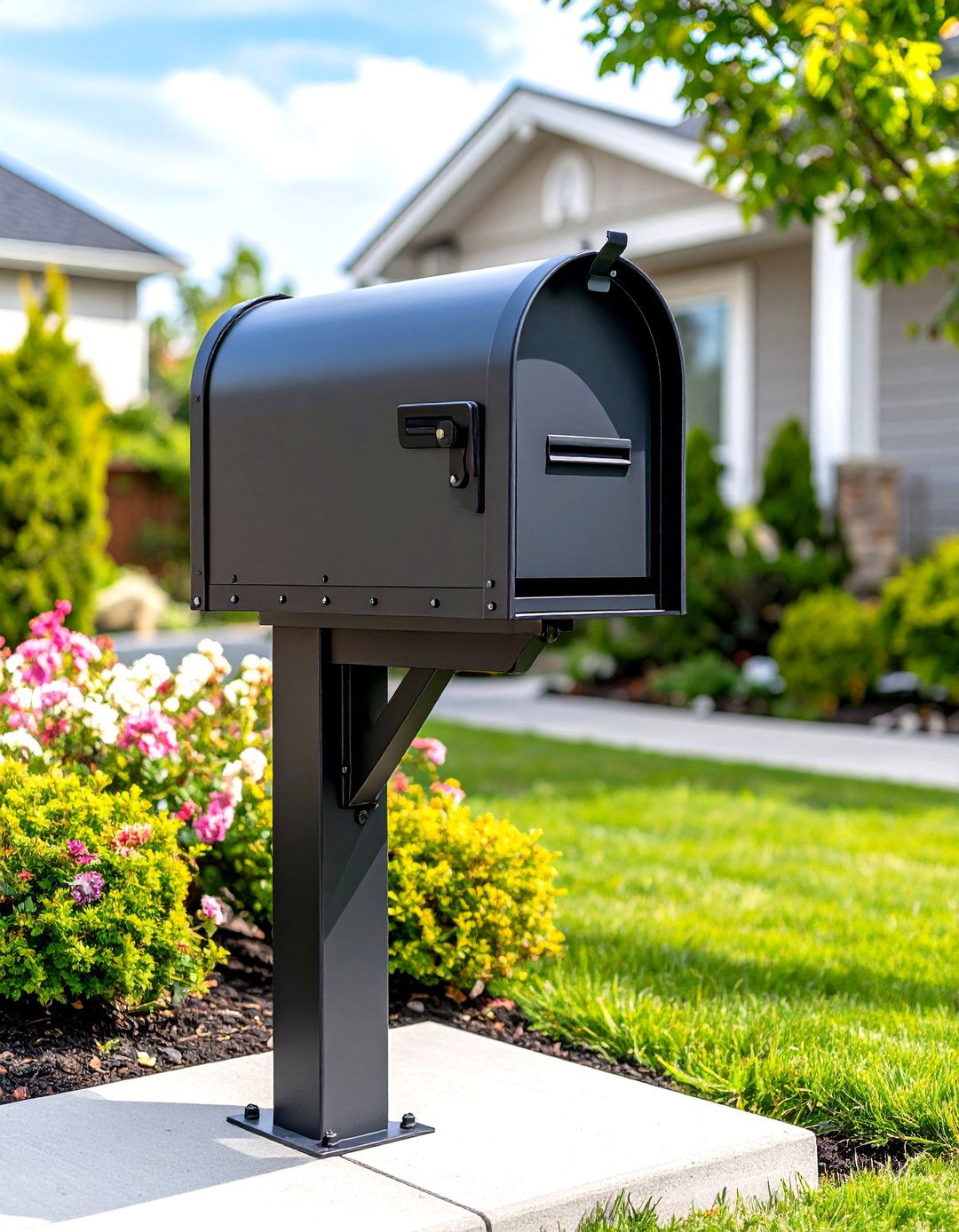
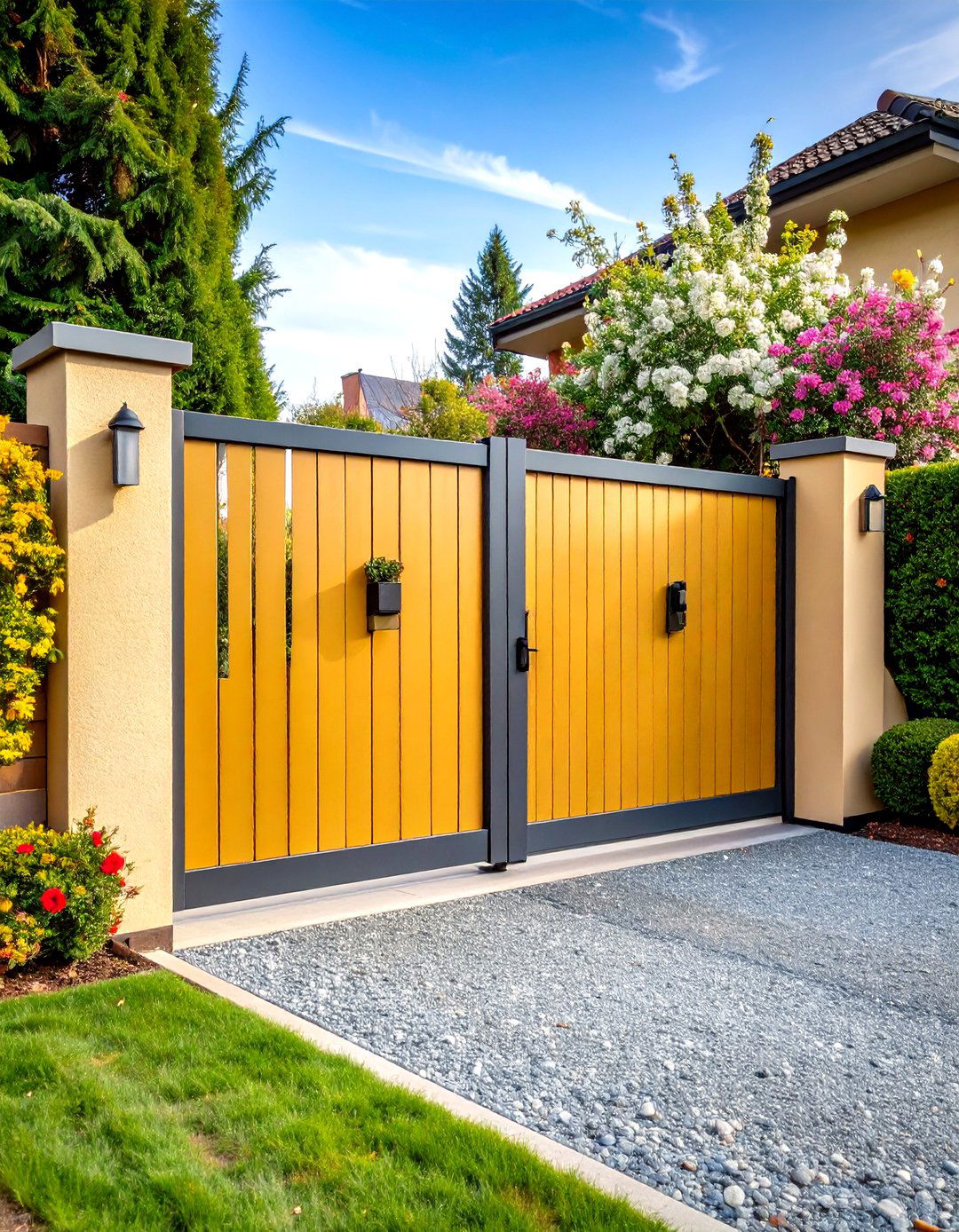
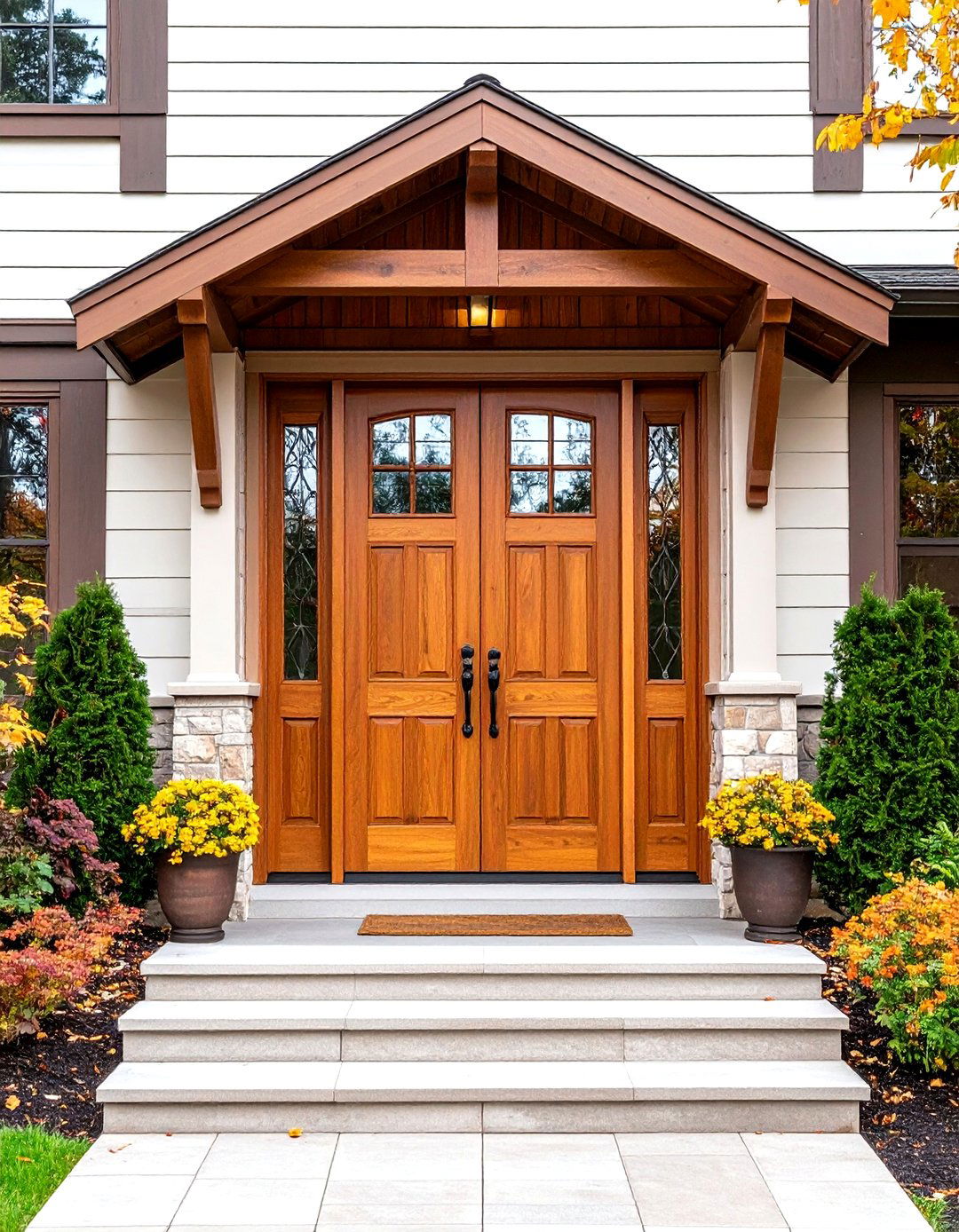
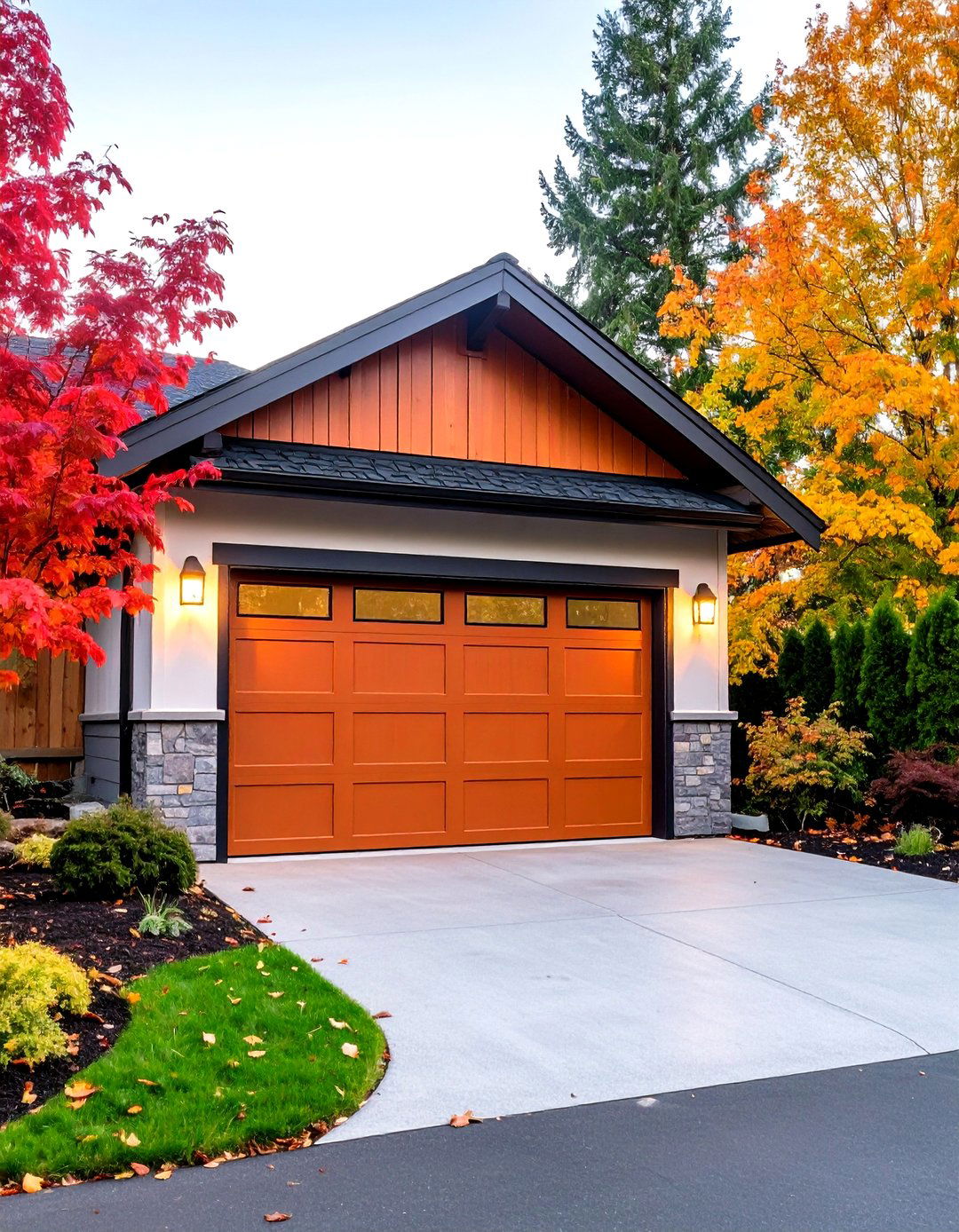
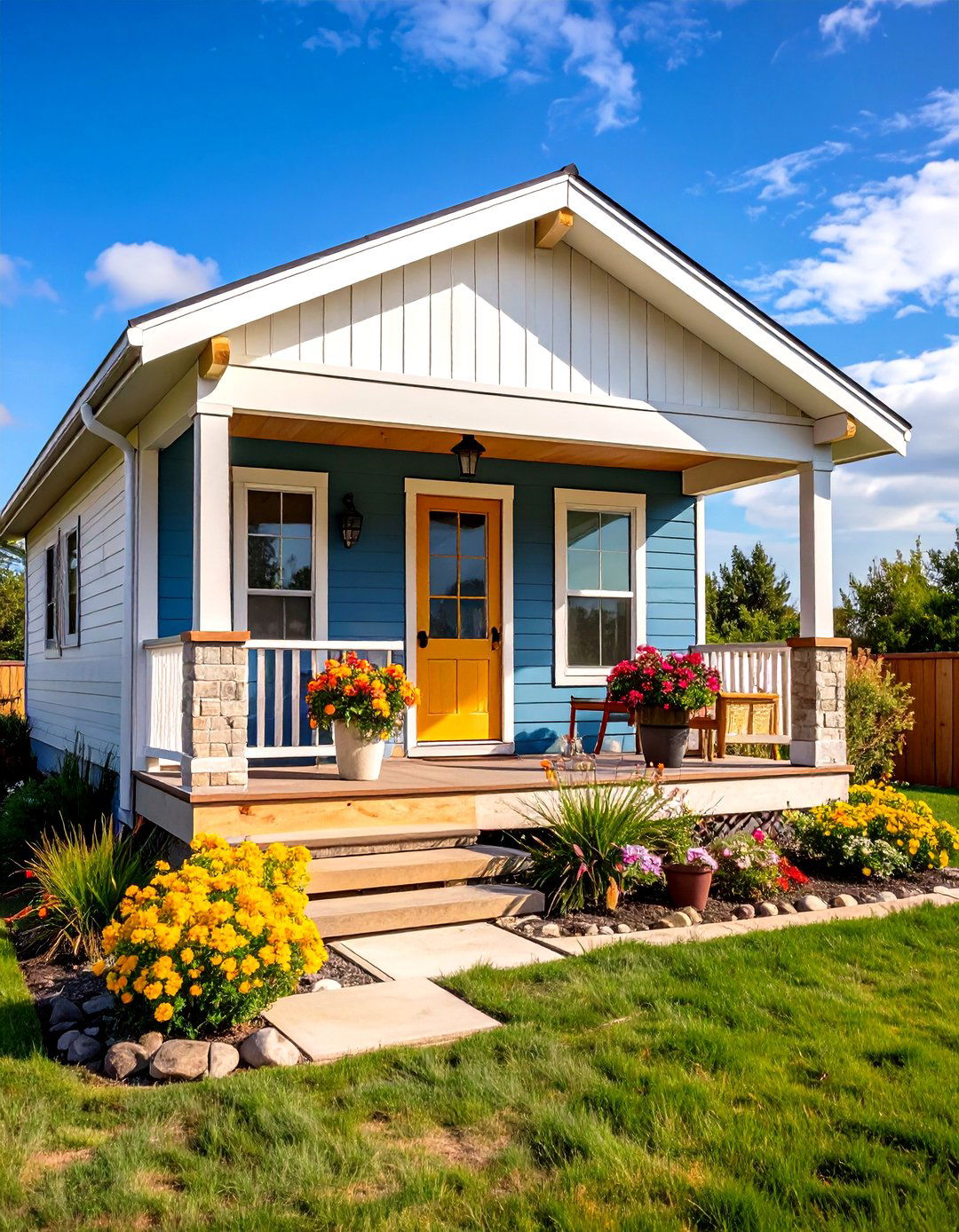
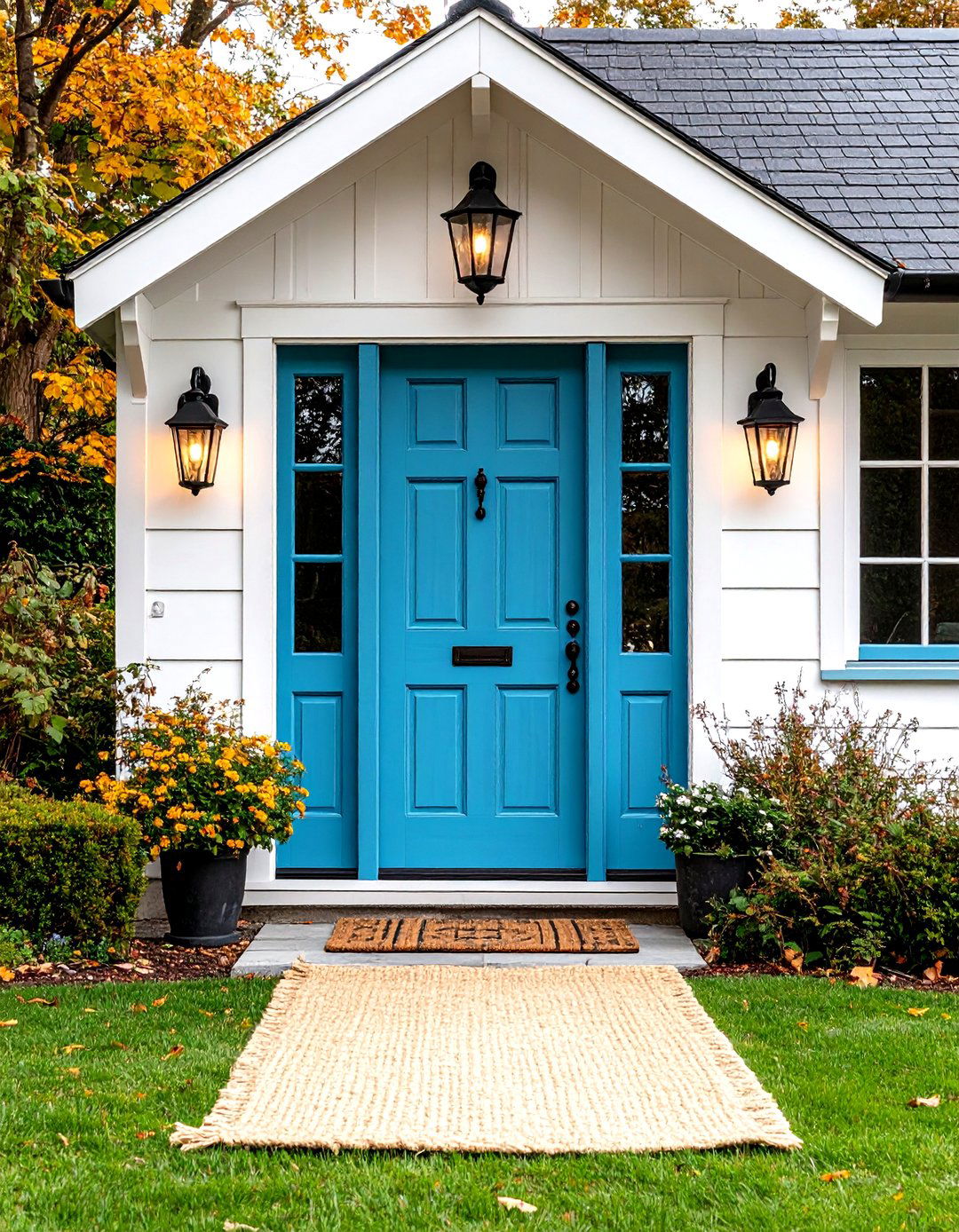
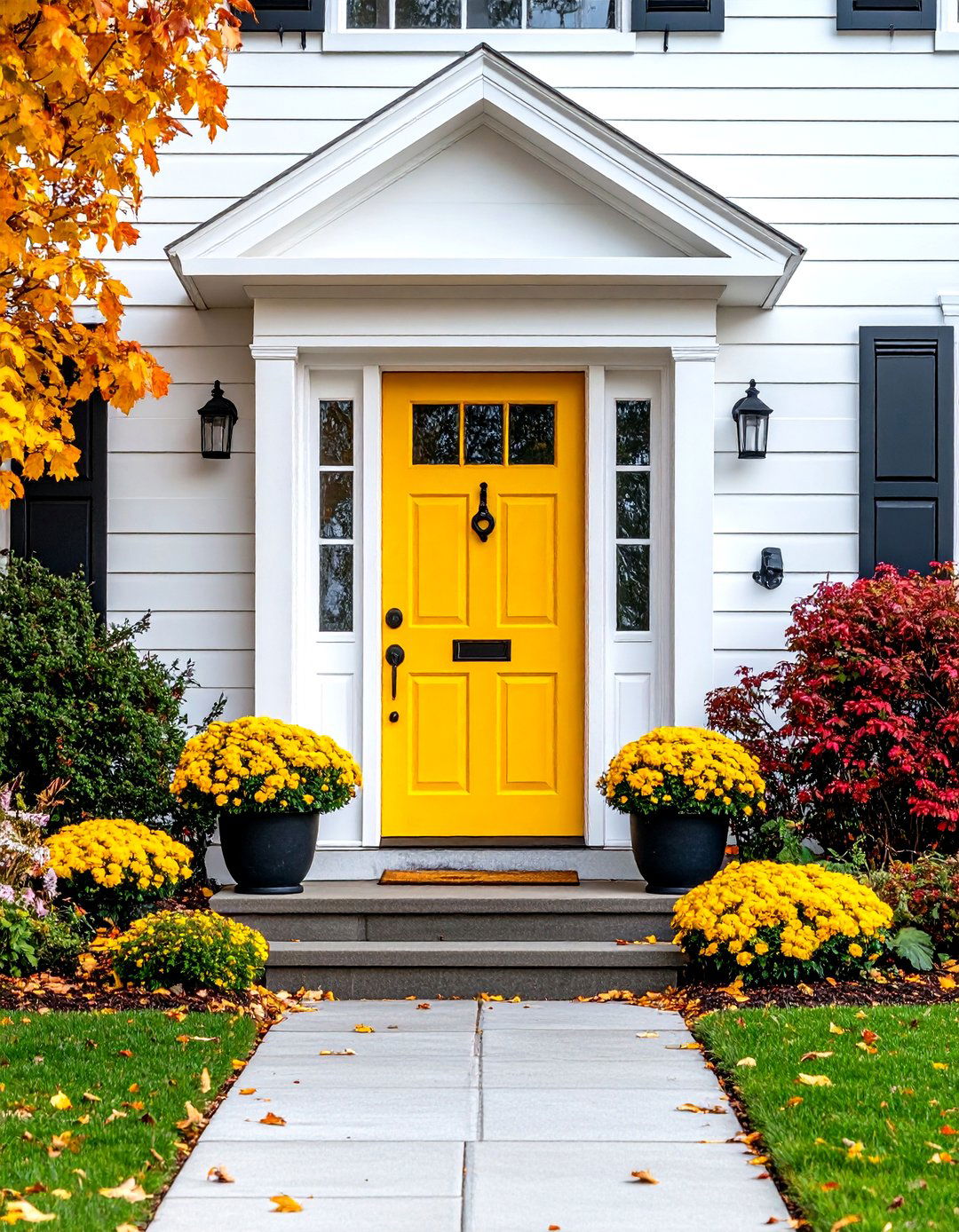
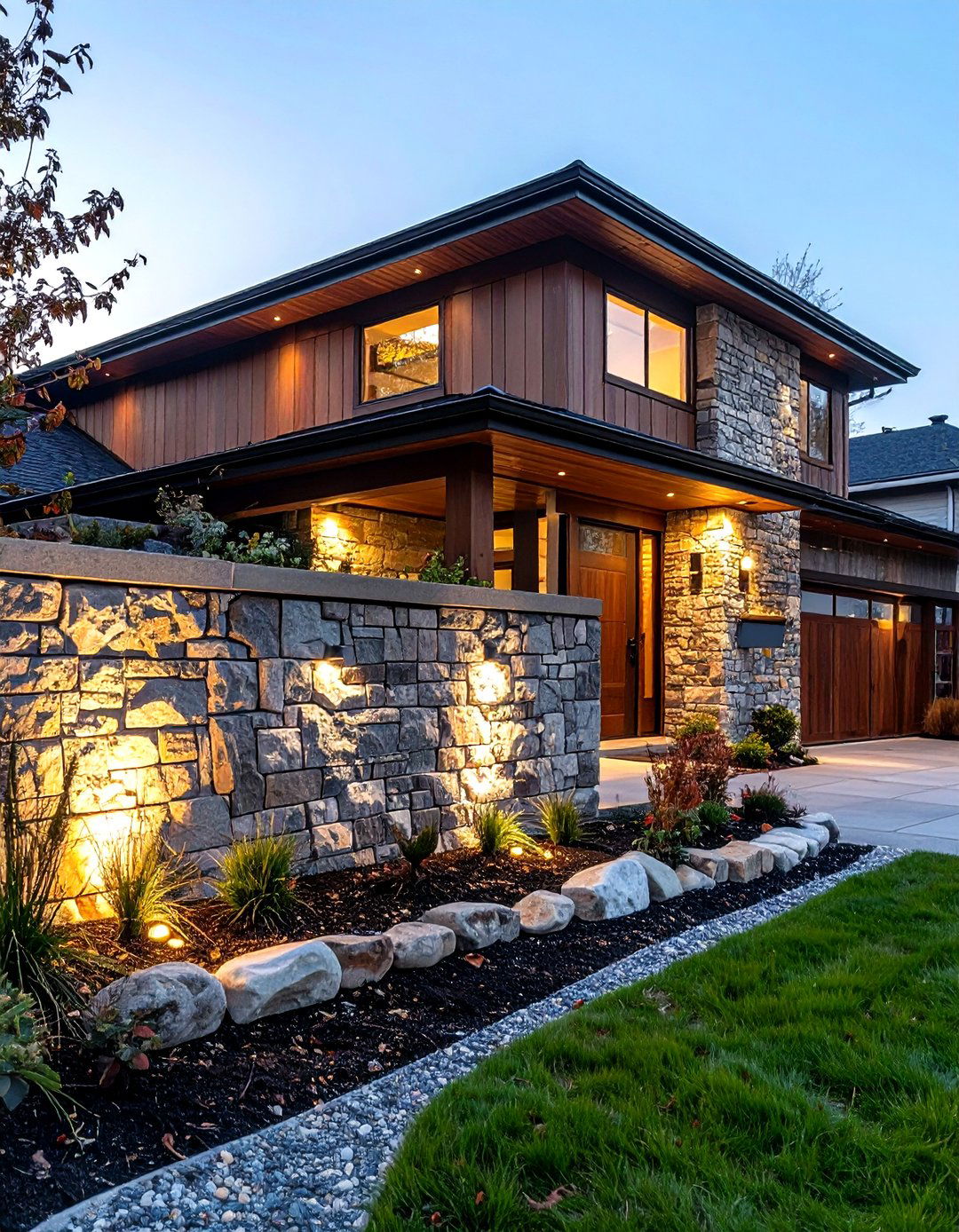
Leave a Reply